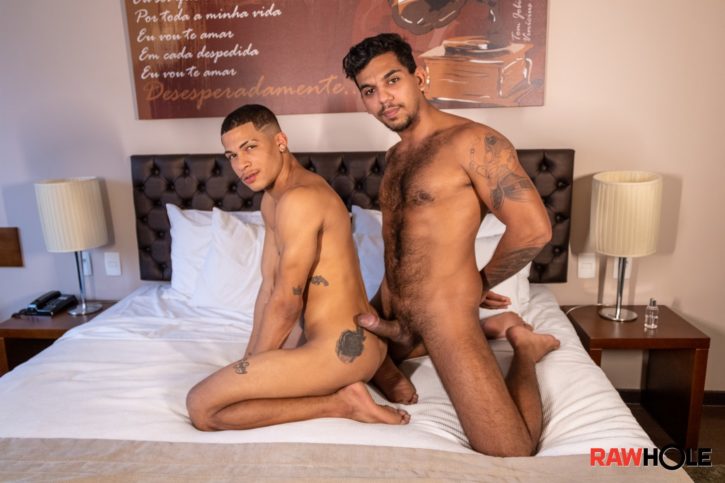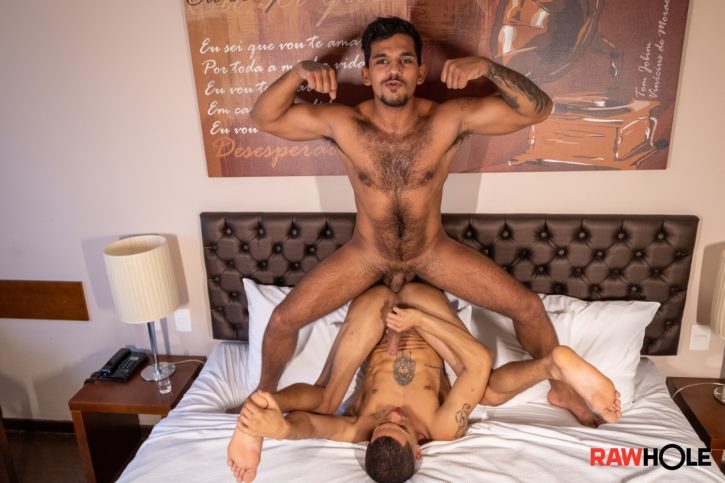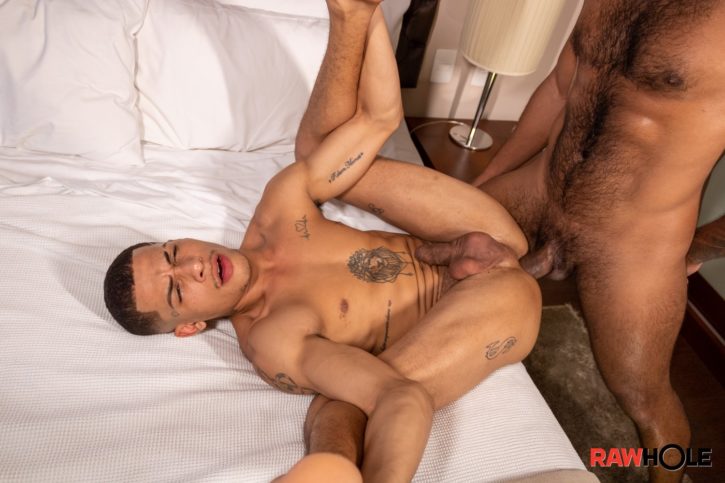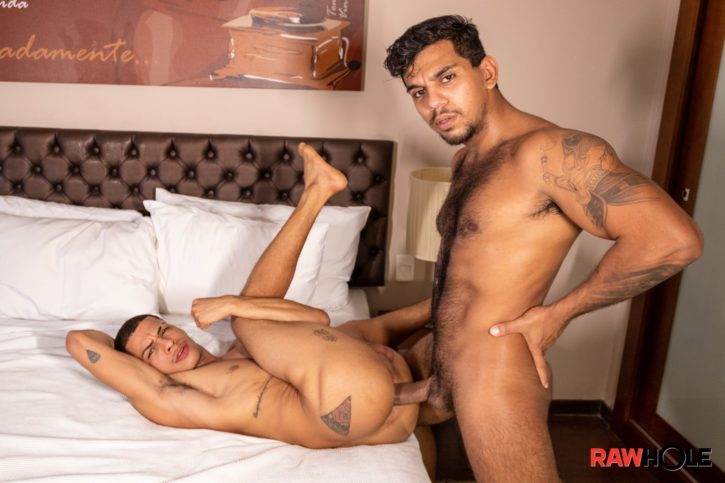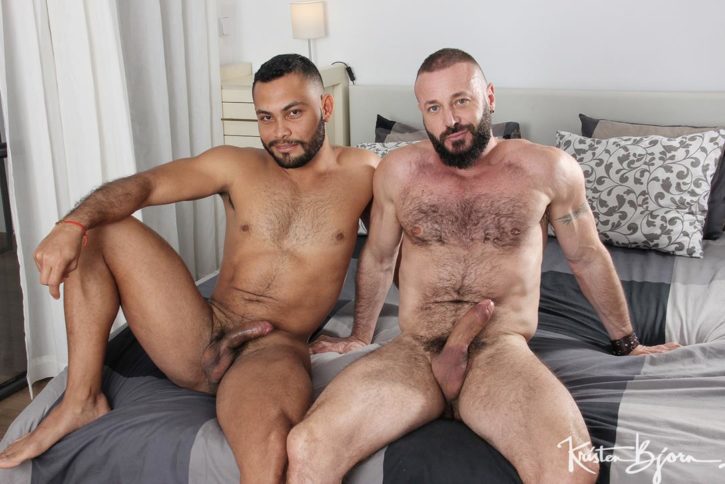

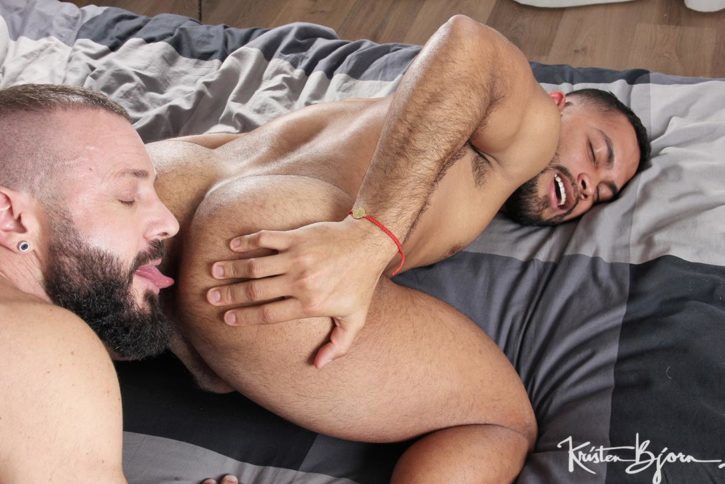






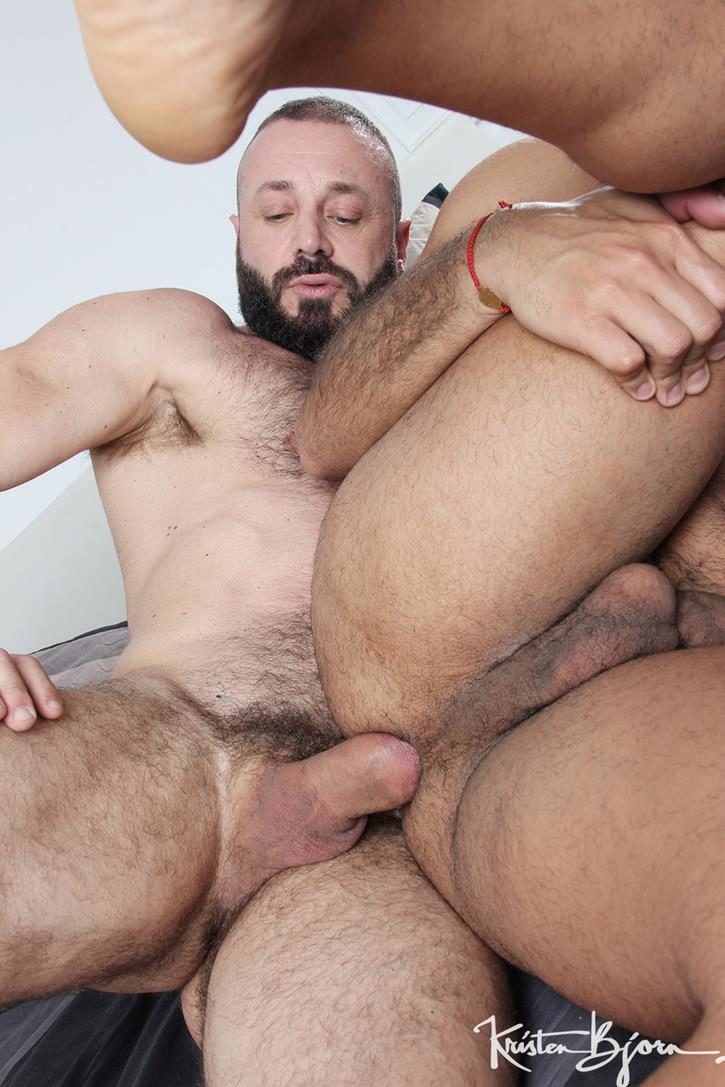







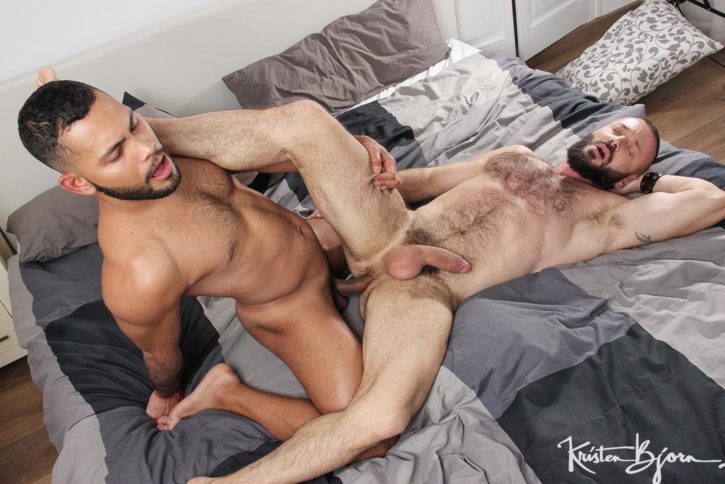



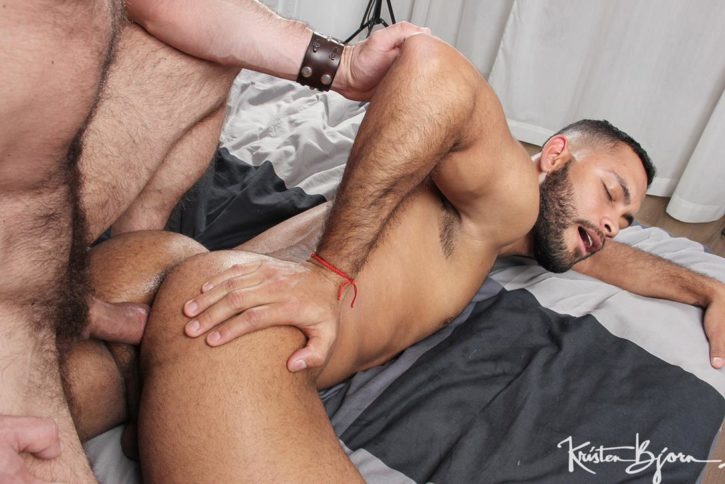
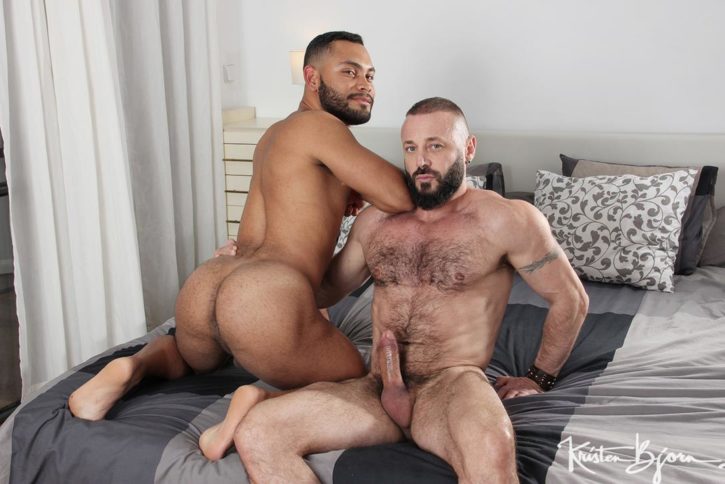

CASTING COUCH 424
— Kristen Bjorn (@kristenbjorn) December 25, 2019
Carlo Mote, Mario Roma @marioromakj
https://t.co/dbR0EytCIl pic.twitter.com/bStAnO78a0
























CASTING COUCH 424
— Kristen Bjorn (@kristenbjorn) December 25, 2019
Carlo Mote, Mario Roma @marioromakj
https://t.co/dbR0EytCIl pic.twitter.com/bStAnO78a0
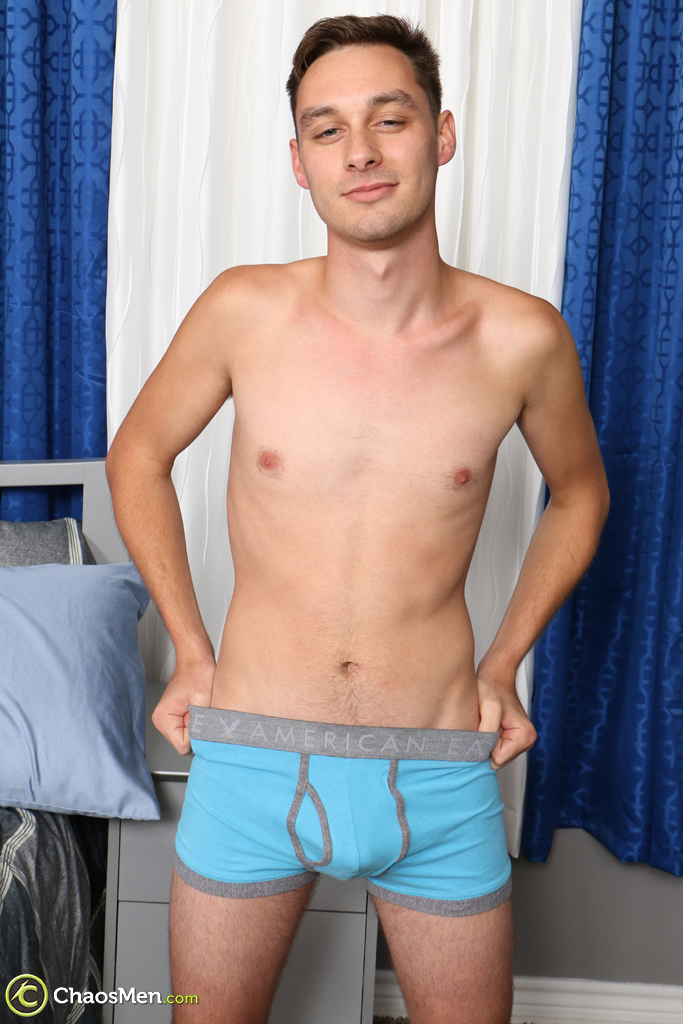
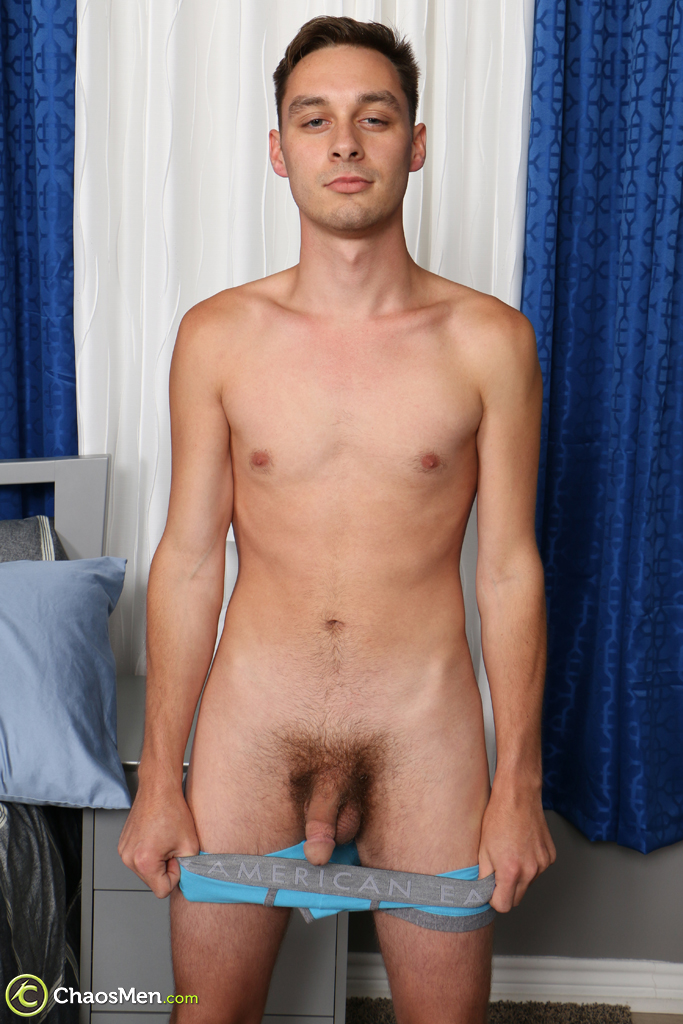
CHAOS MEN: Jacob Jax was so much fun to be around!

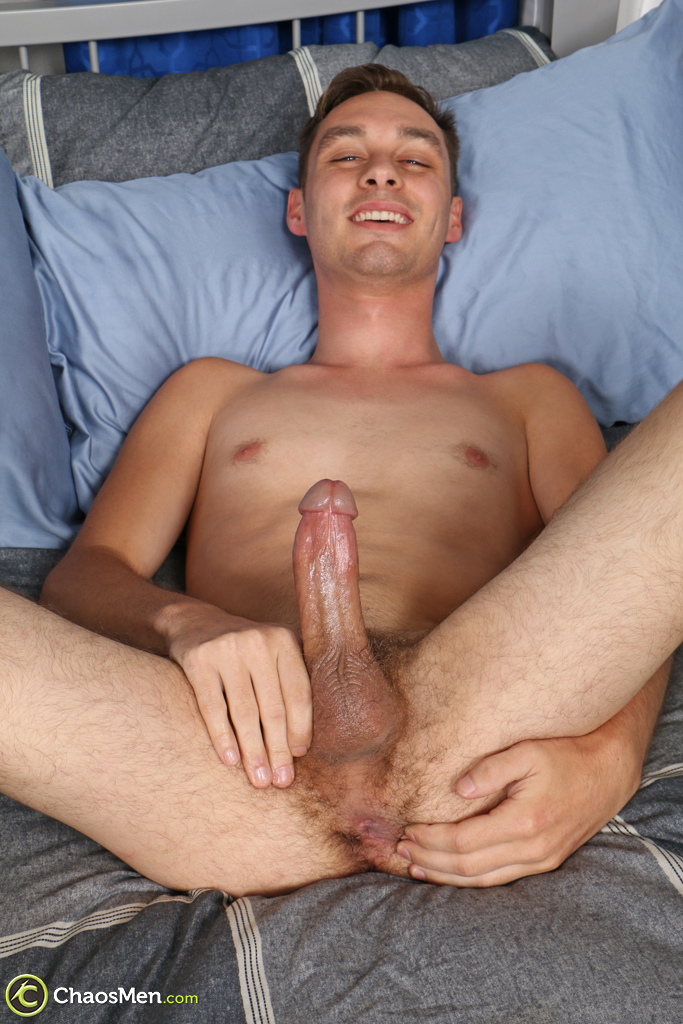
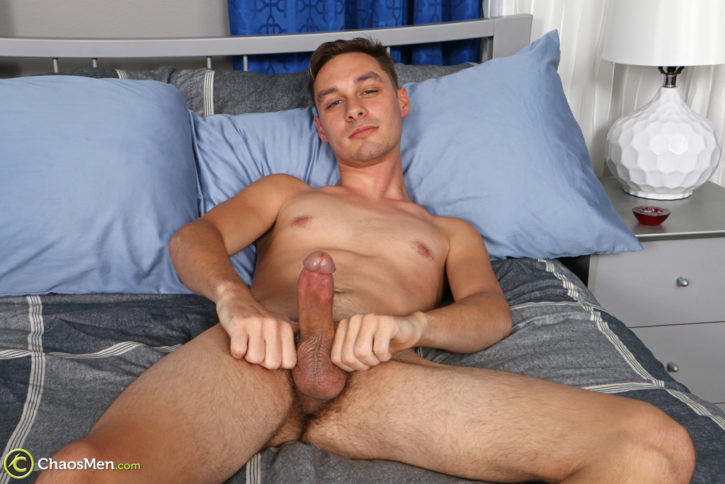
He had previously sent in a PeepShow.TV video and I was very impressed with how great the solo was. He was professional and prompt, and that alone made me want to meet him in person.

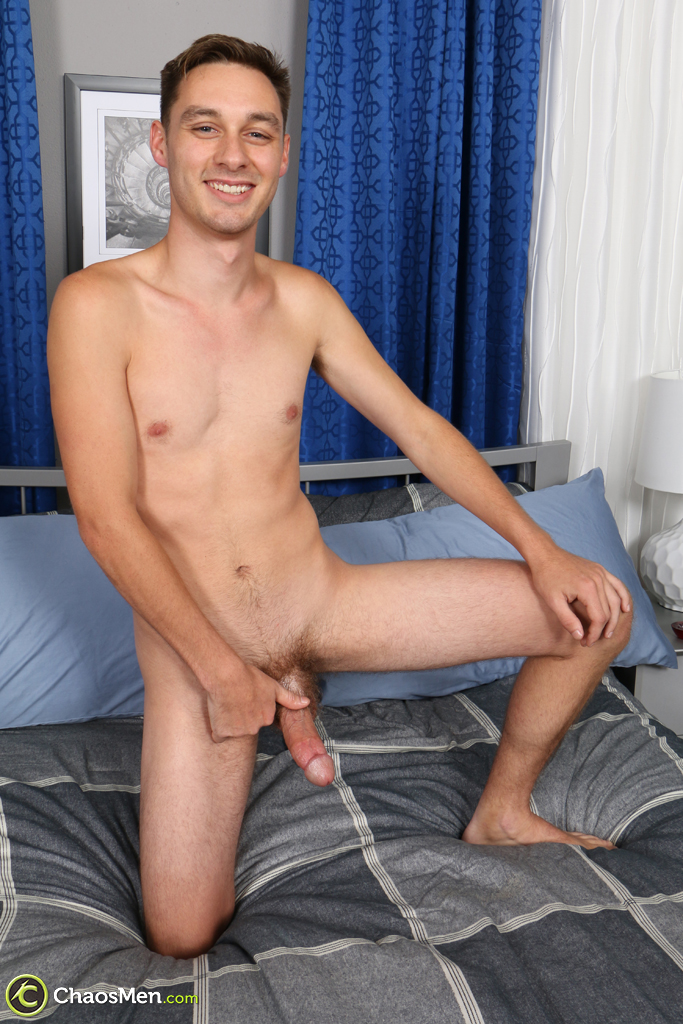

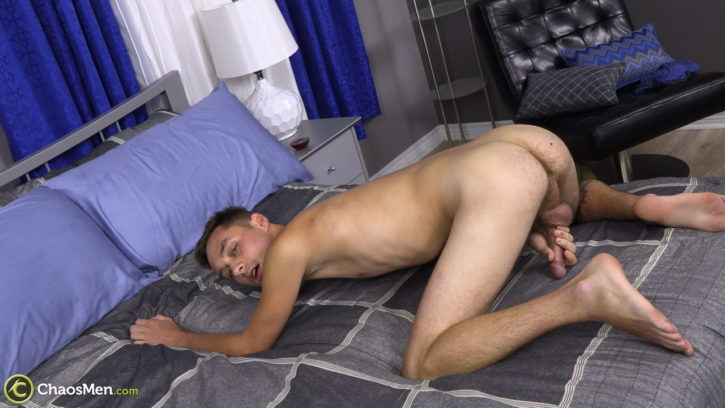
So, I wanted to get him in to the studio and see what other naughty things we could get him up to.
He is a gay guy, mostly into guys his age or older. He likes to bottom best, but he has been known to top. He also likes a guy to dominate him, and he says he wouldn’t mind getting a little crazy with it.
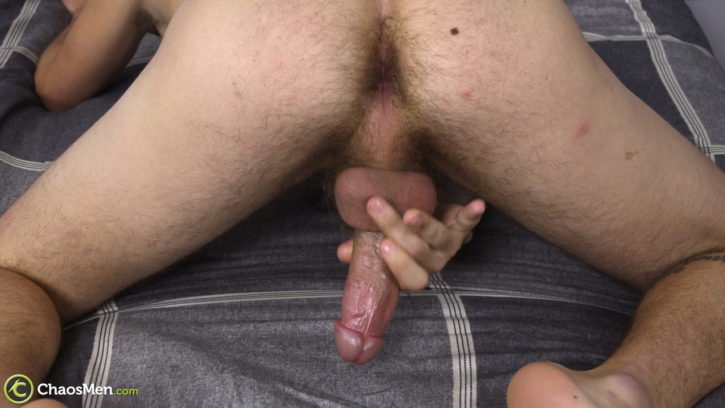
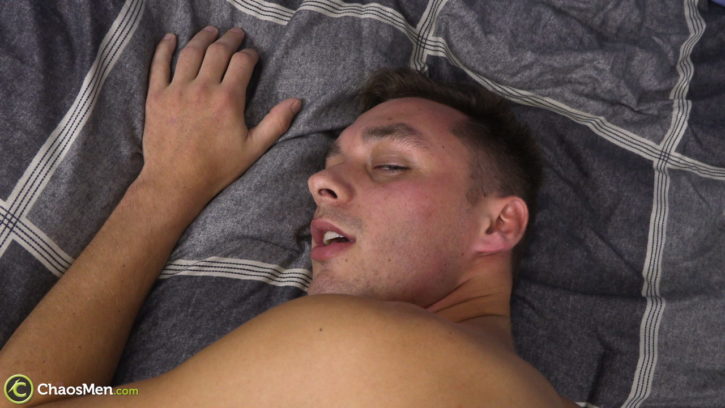
His dick nearly reaches 7 inches and has a nice thickness to it. He works his cock hard quickly and does a great job playing to the cameras.

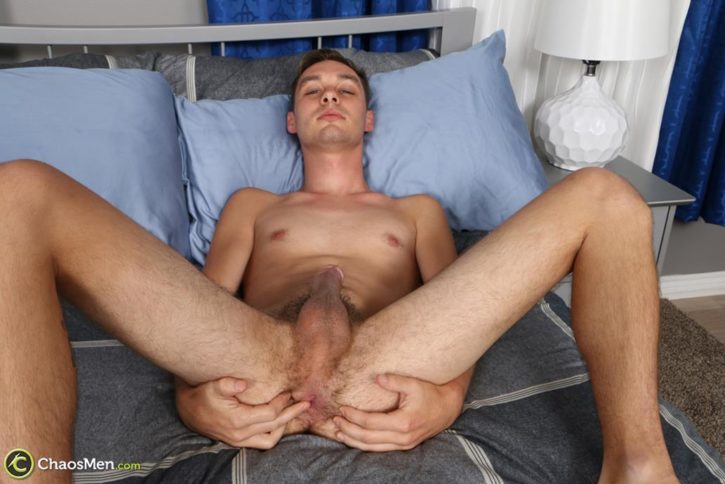
Jacob has a nice ass with a hairy hole, which he lightly fingers, giving us a taste of things to come.
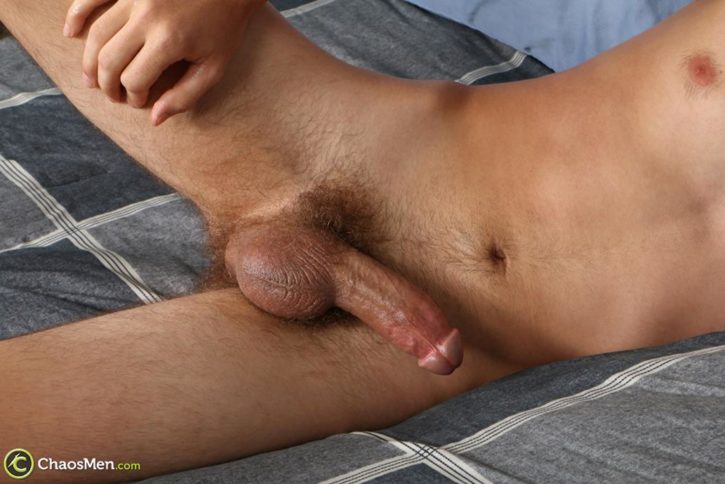
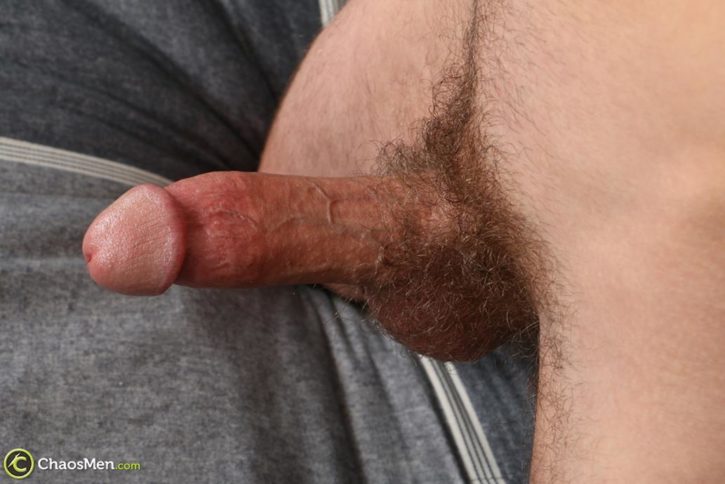
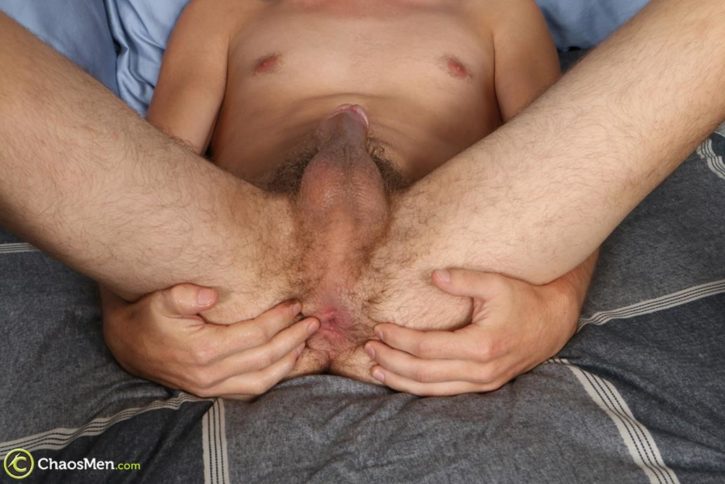
His cum shot is tremendous, shooting out globs of cum, but with one giant rope of it nearly hitting his chin!
Jacob Jax – Solo – #ChaosMen #ChaosMenCom https://t.co/V2Mojq4Sm0 pic.twitter.com/KWPk82SOPS
— ChaosMen/BryanOckert (@chaosmencom) December 24, 2019
His Serviced video next week is awesome, and I already have in on the calendar to get this boys ass fucked!
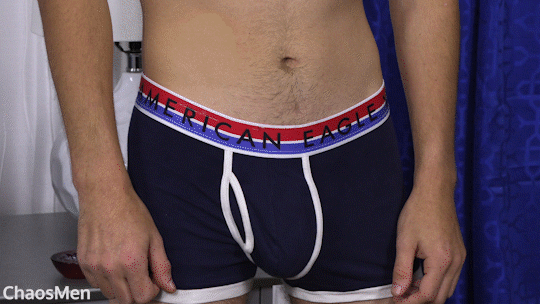
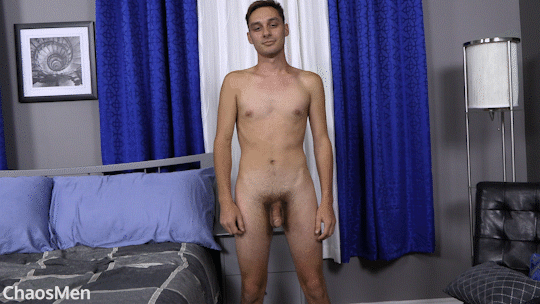
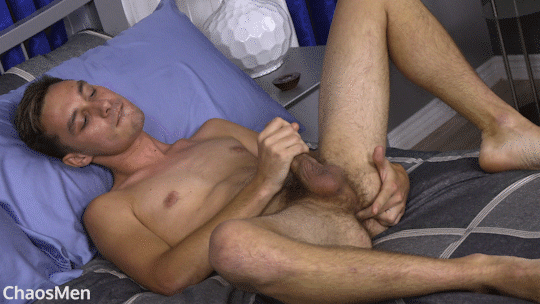



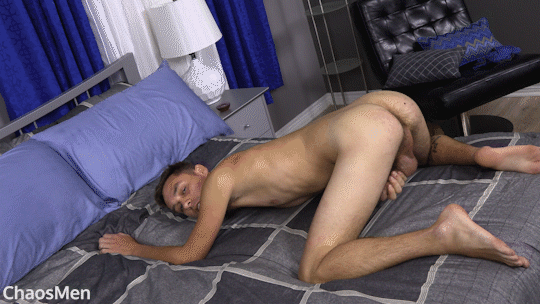
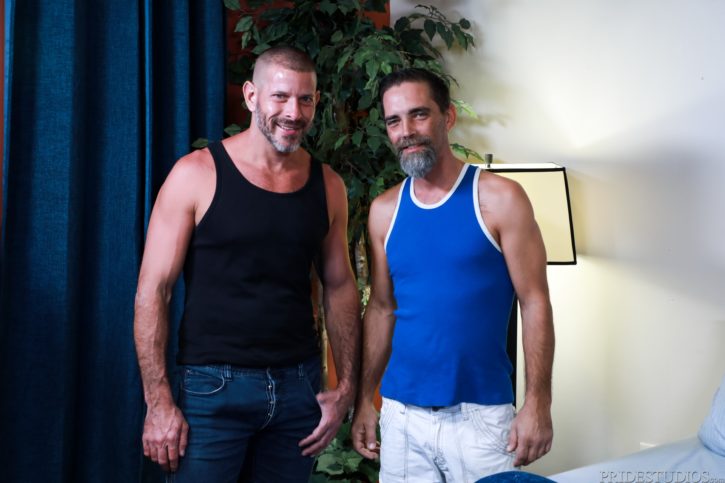
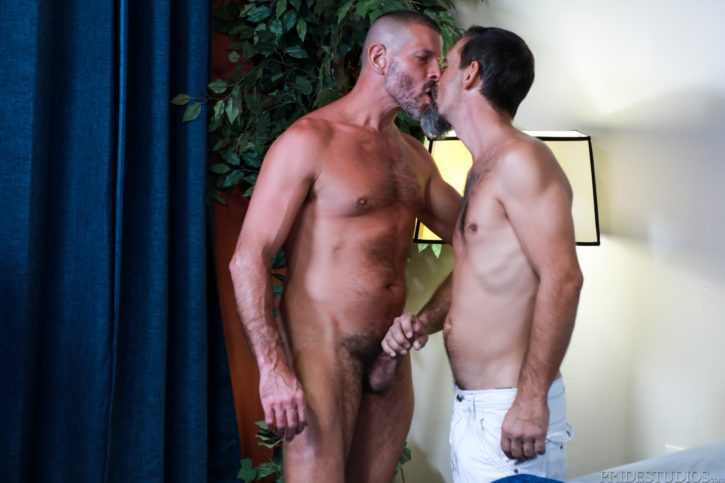
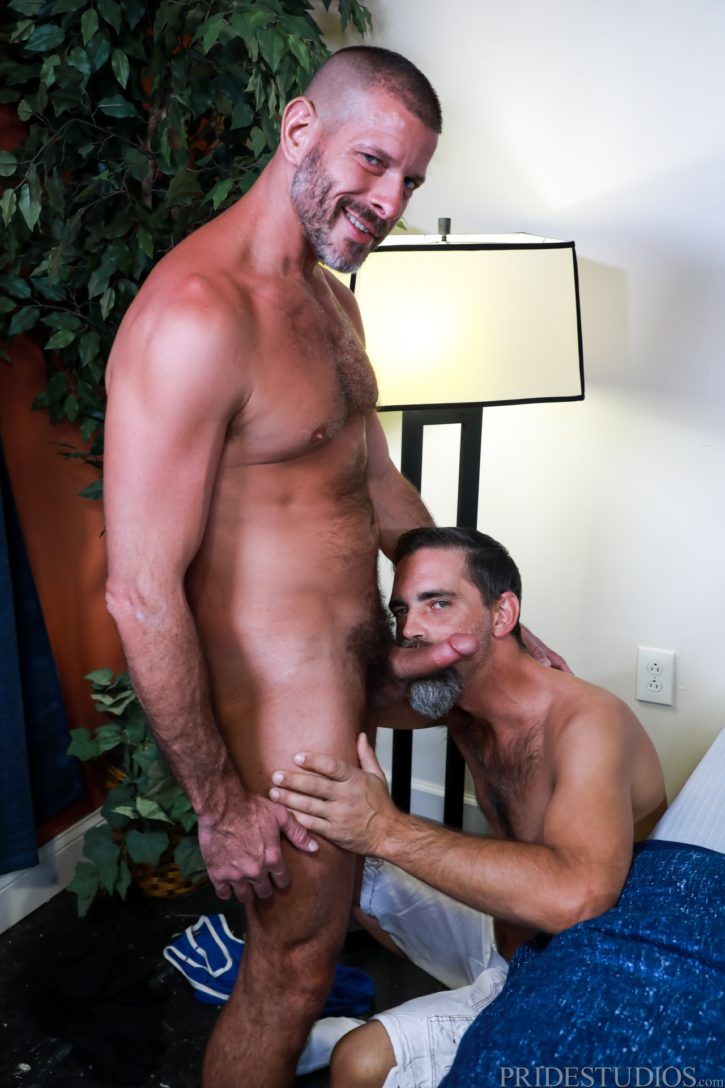
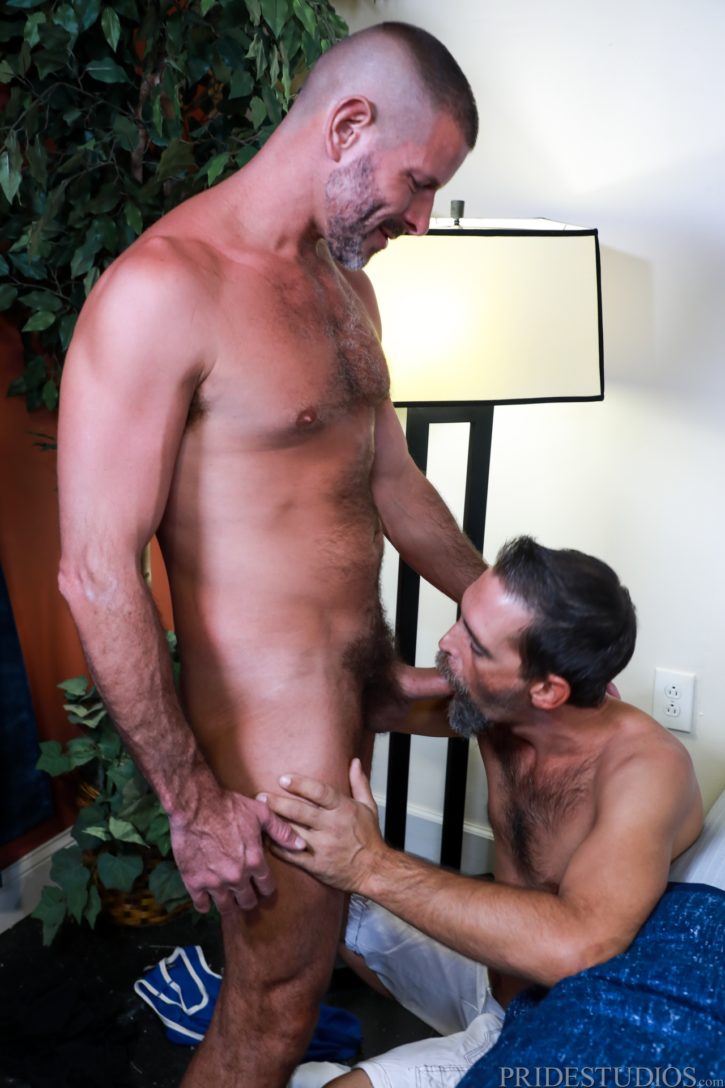
EXTRA BIG DICKS: Joe Parker has just finished his new pad and he’s showing it off to his good friend Clay Towers. Joe bought a new bed, sheets and pillows and now he wants to break it in. Clay is ready to help Joe out and the begin to suck on each other’s cocks. They are both horny as hell and the BJ’s get them too hard and excited which leads Joe into fucking Clay’s big tight ass. Joe passionately fucks Clay in a few positions until he has him on his back where they both cum.
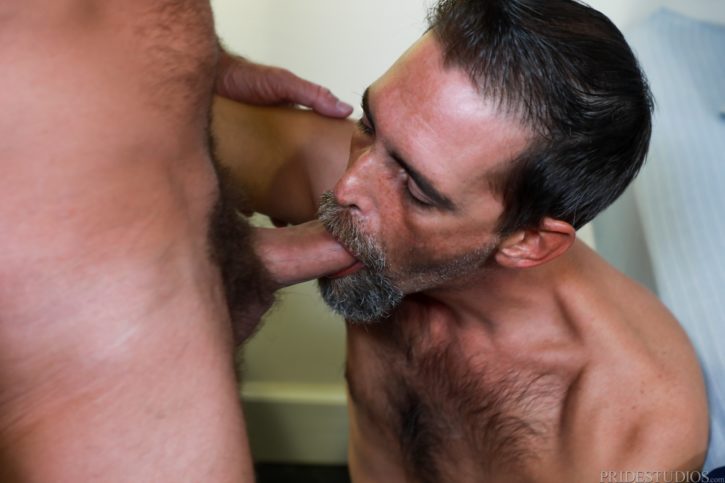
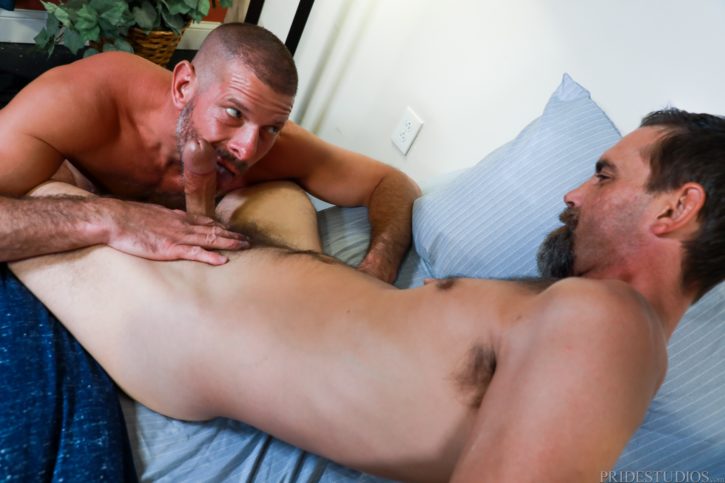
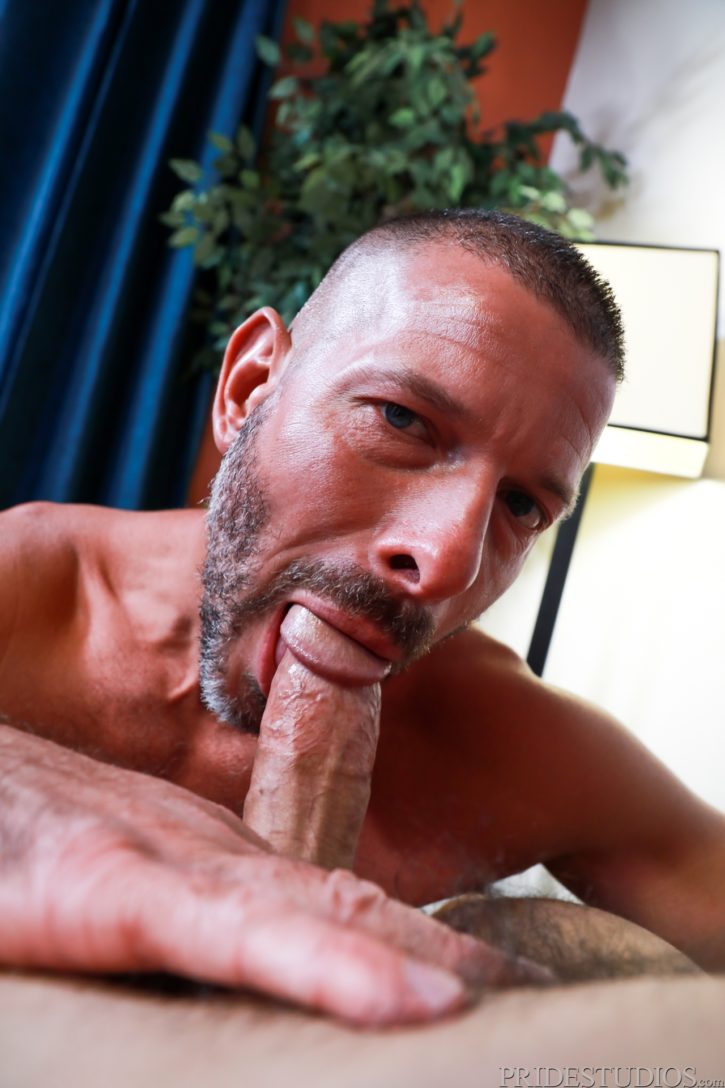
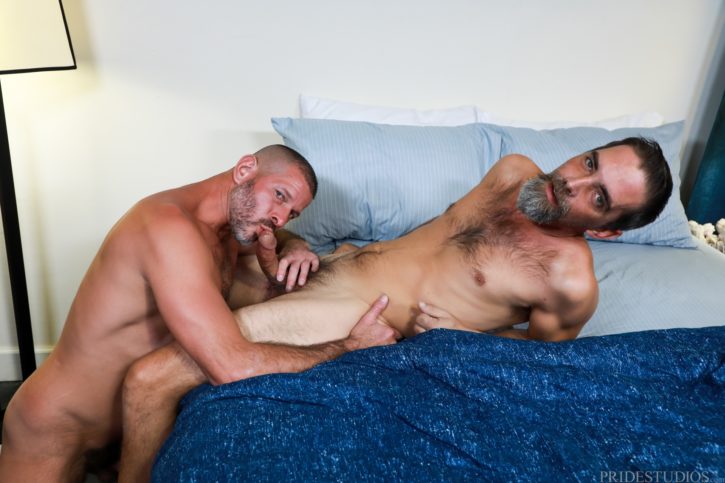

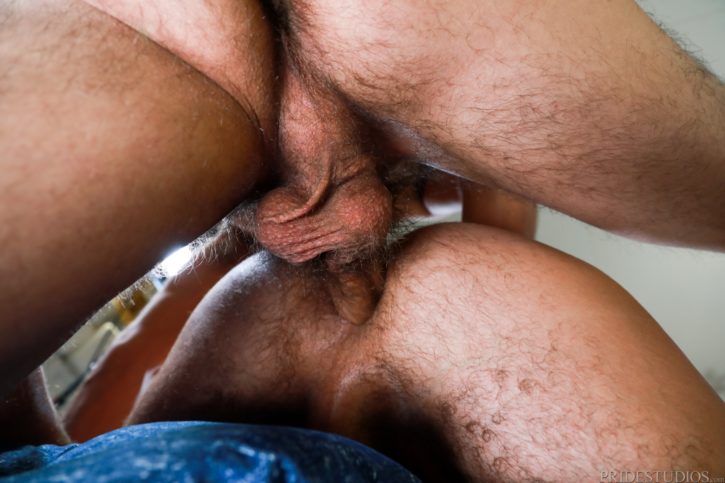
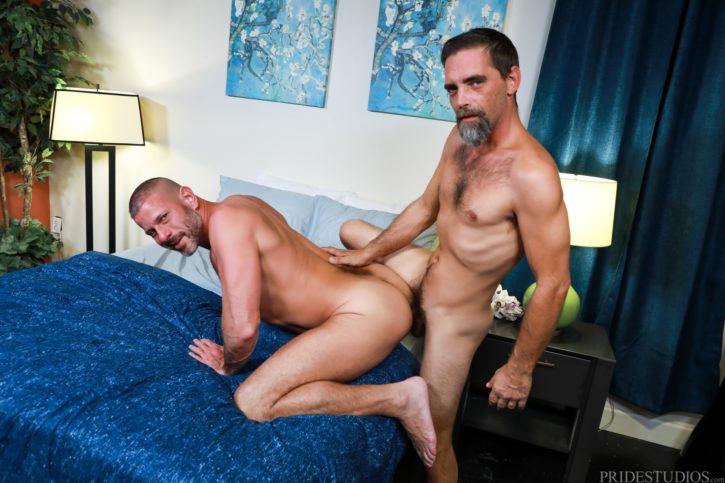

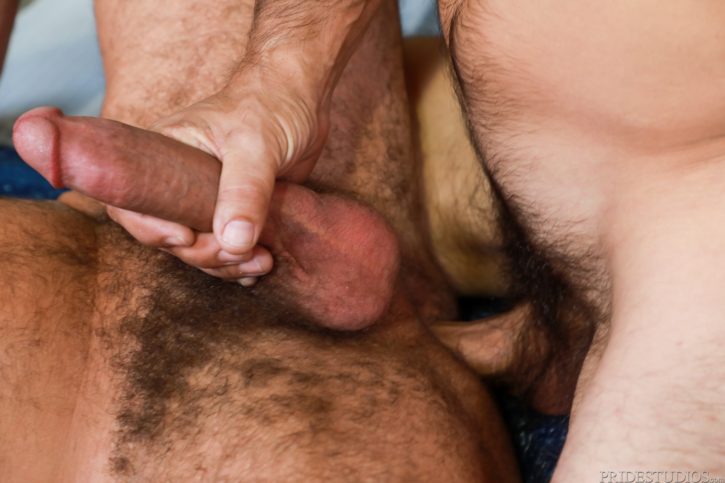
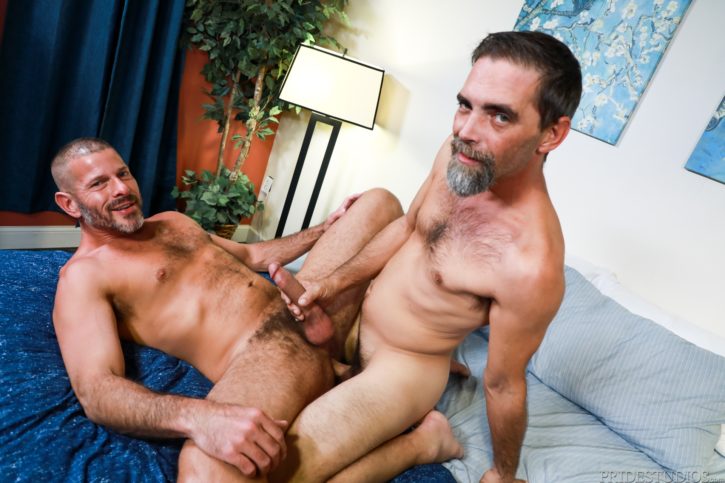

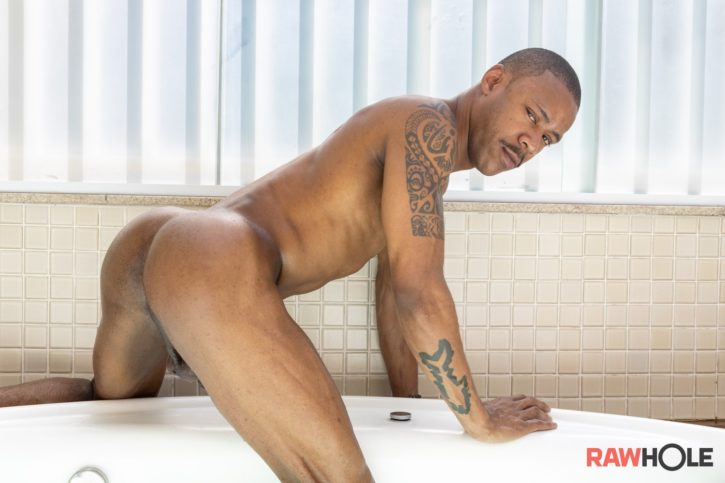
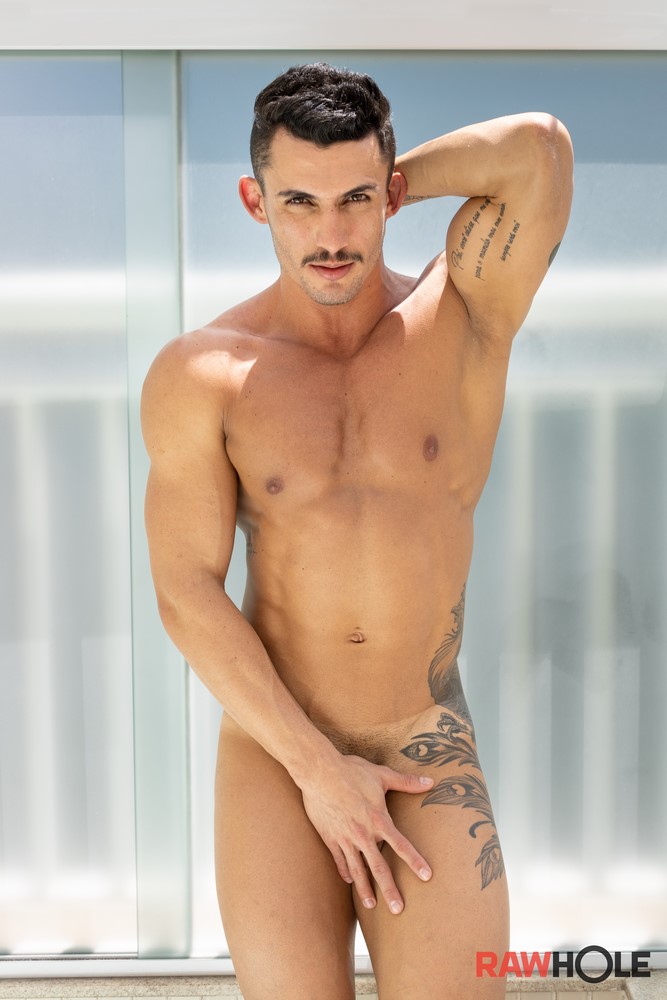
RAW HOLE: Another dick raising raw duo between Brazilian bare backers, this time built brunette Joao Miguel and lean brown muscle stud Lucas Scudellari get to cram their hot dripping cocks into each other’s fuck hungry holes. Lucas’ massive tool is long, dark and curved up, perfect to slide into a juicy bottom. but first he’s itching to get his ass eaten by tatted beauty Joao. He returns the favor and spit lubes his buddy’s thick muscled ass.
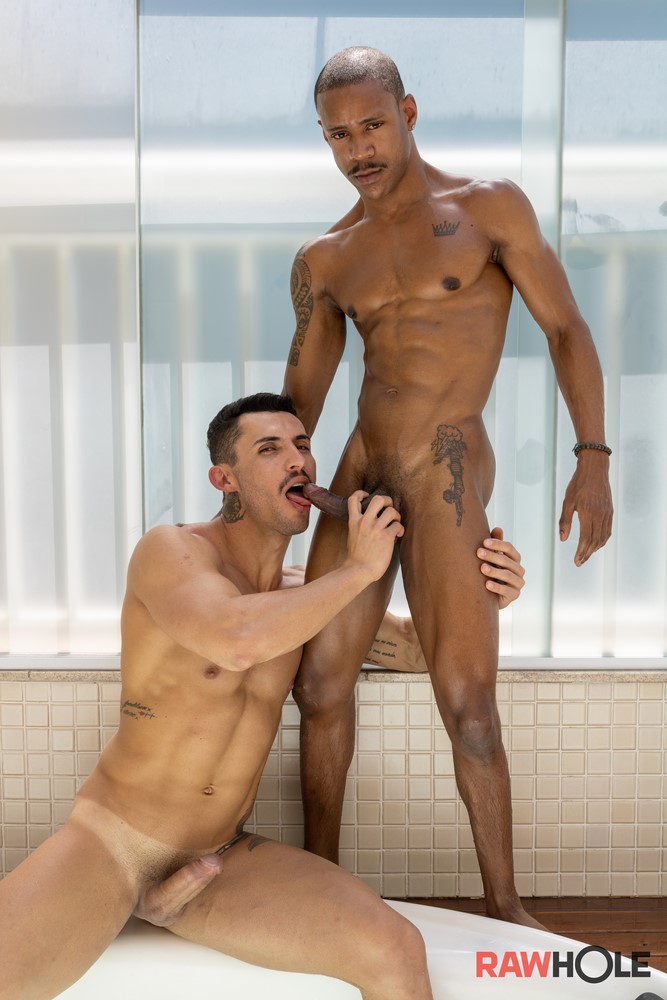
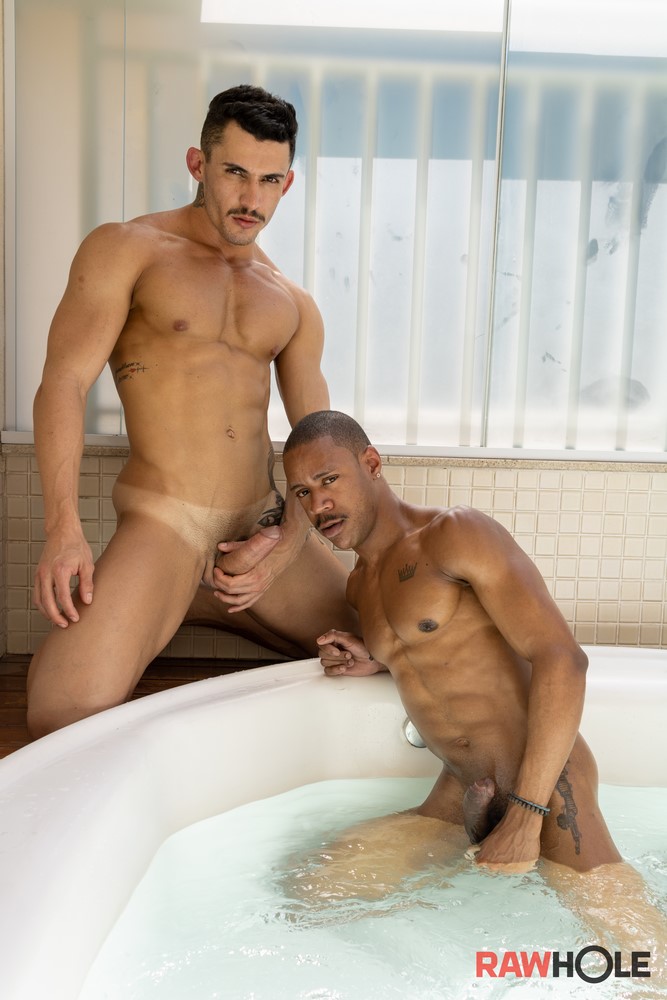

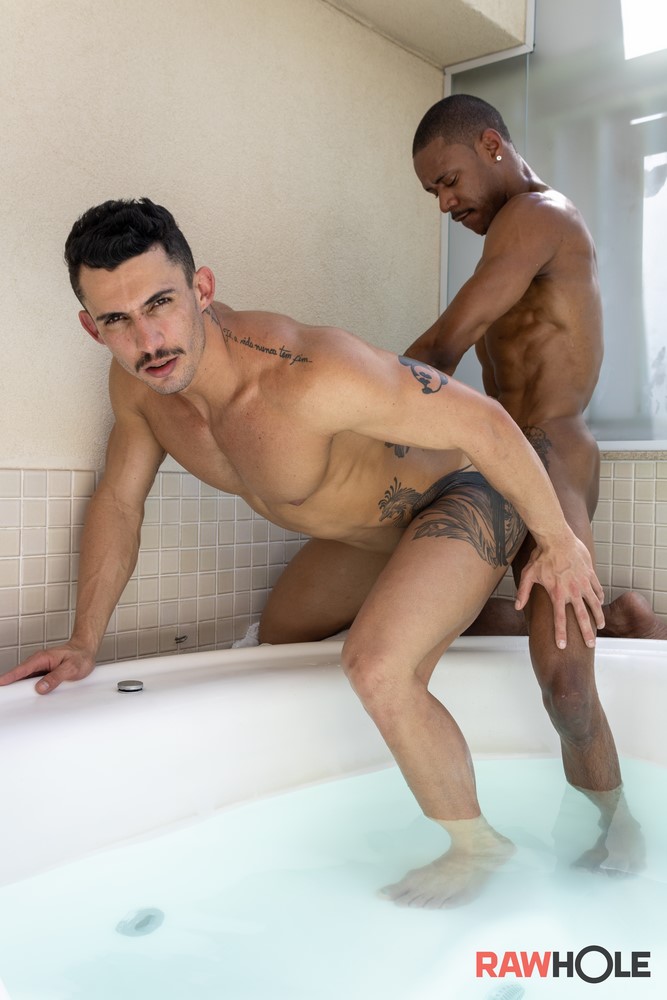
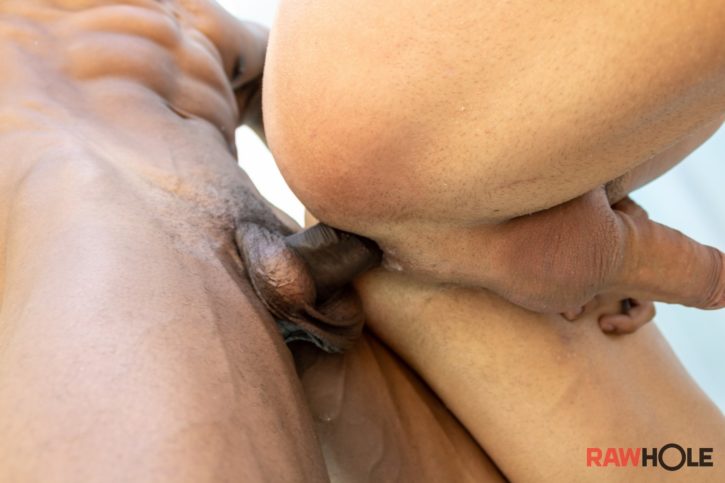
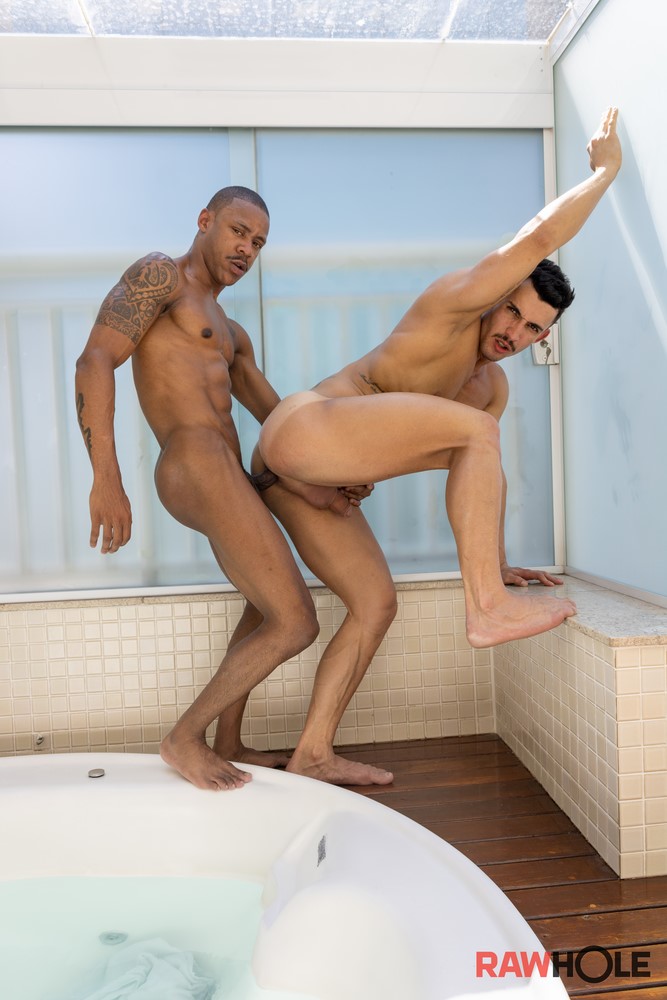
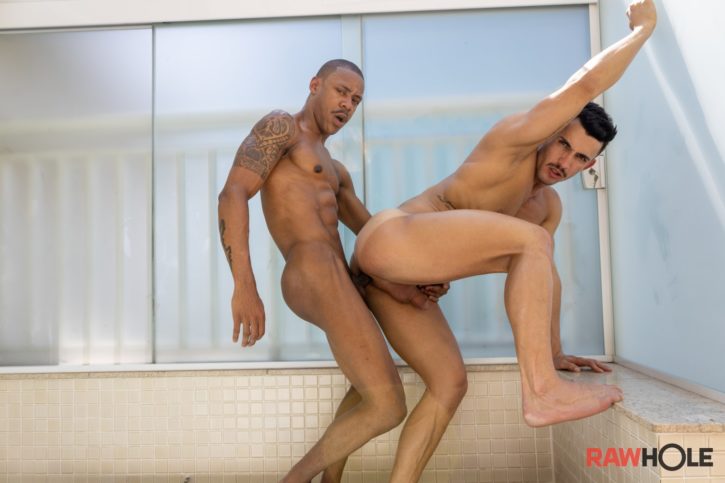
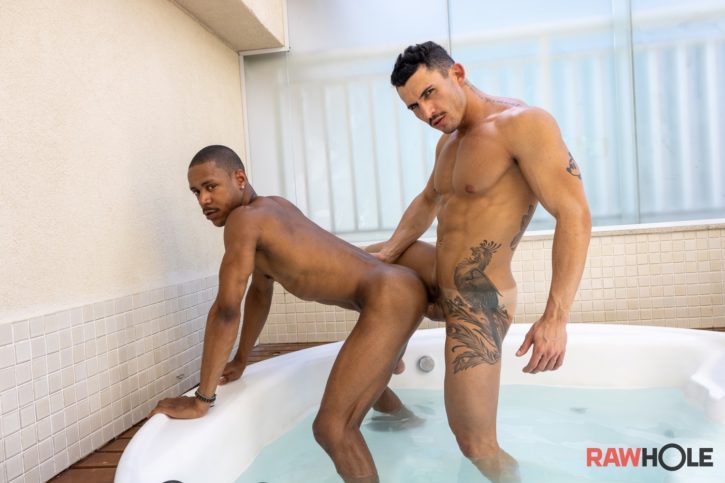
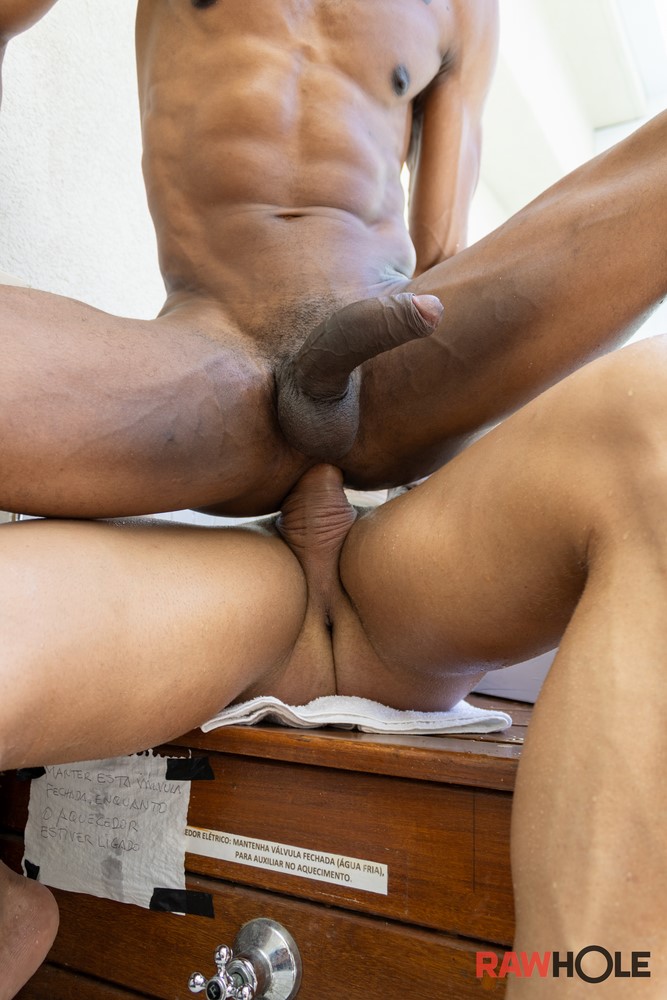
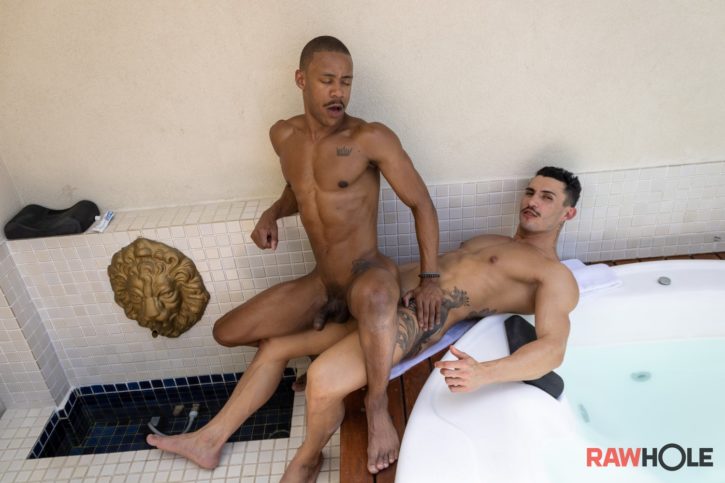
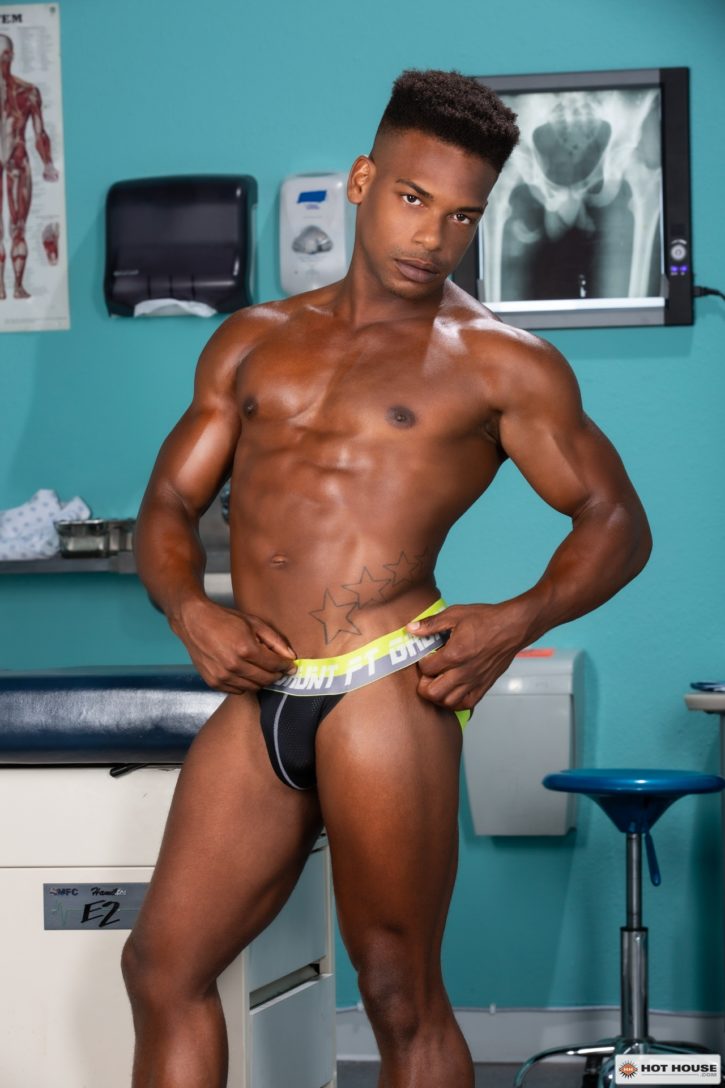
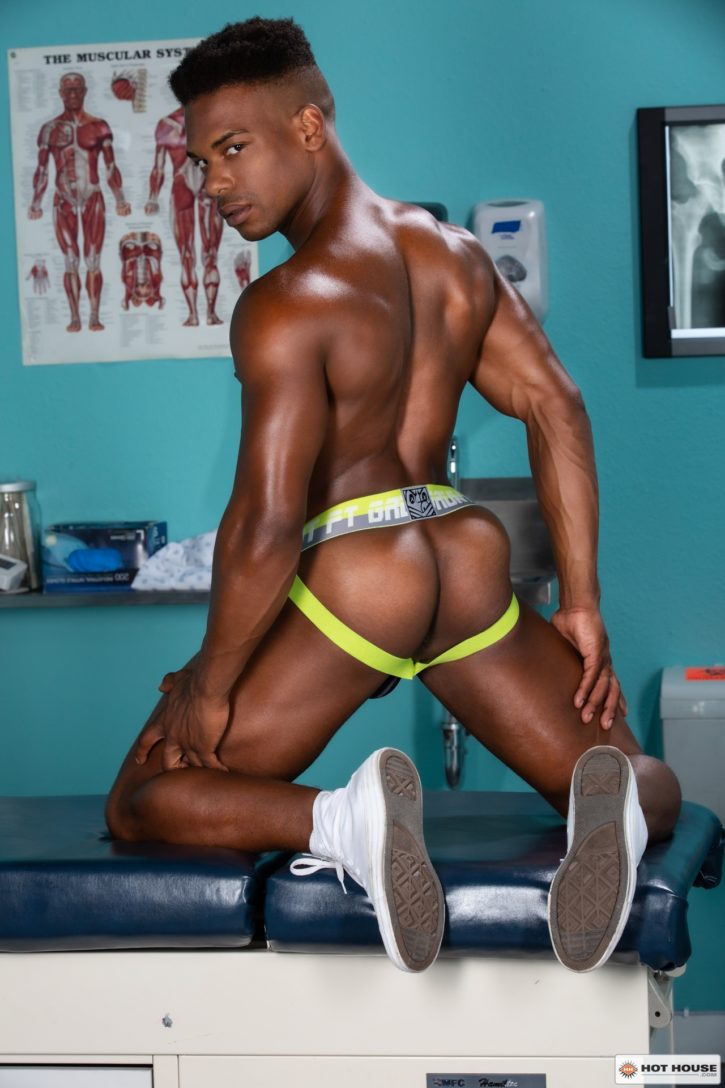
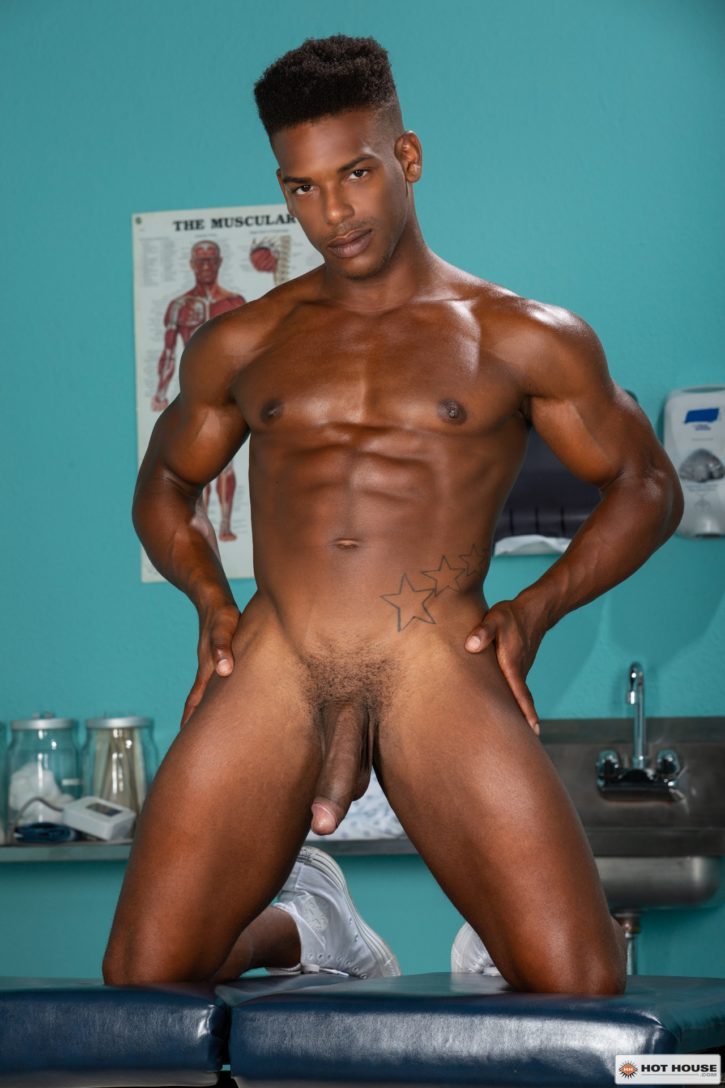
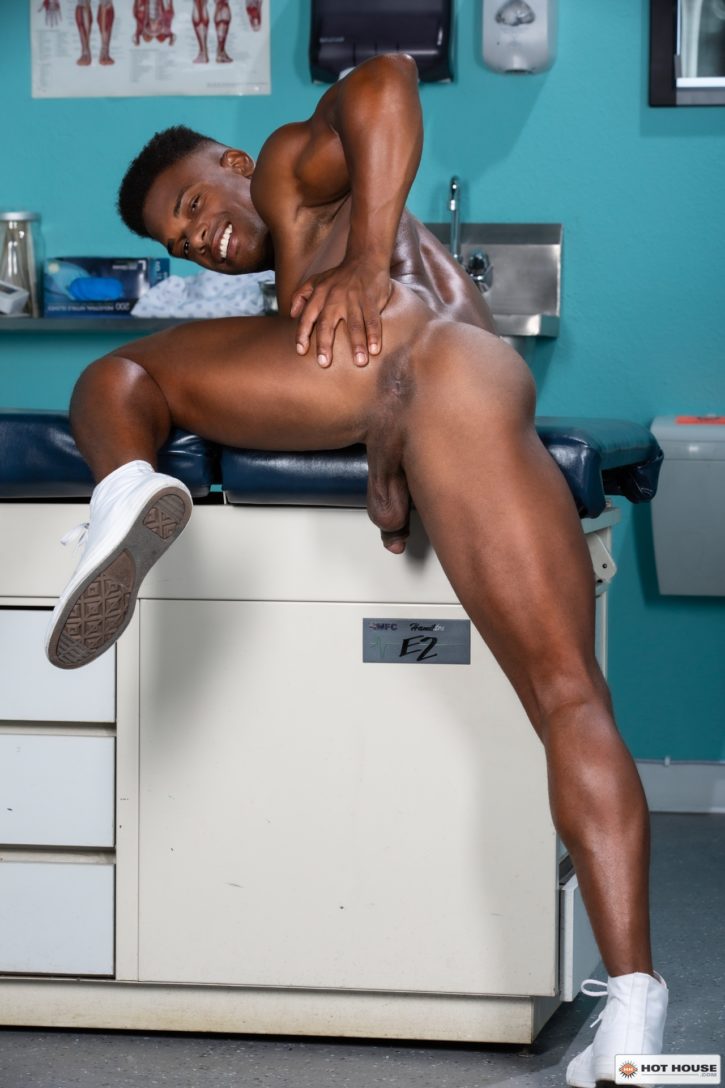
FALCON STUDIOS: When Adrian Hart stops in for an exam, the RN asks him to change into a gown but Adrian declines. To Adrian’s surprise, Dr. Steven Lee is filling in for his usual doctor that day. Dr. Lee assures his patient he’s more than qualified for the job so Adrian bends over to give the Doc a closer look at his hole. When Adrian loses his shorts, Steven starts to work a few different toys and instruments into Adrian’s ass to warm him up for the deeper examination to come. With each probe that Steven presents, Adrian’s hungry hole swallows them all eagerly. Sensing he wants something bigger in his crack, Steven licks Adrian’s hole to prepare it for his raw cock.

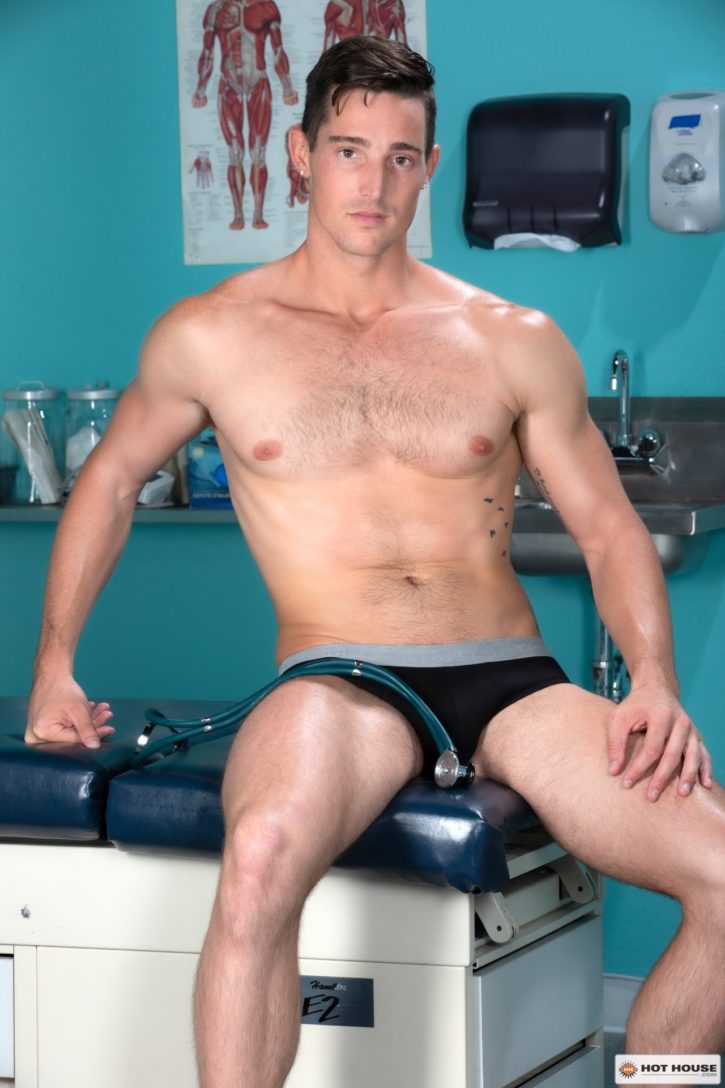
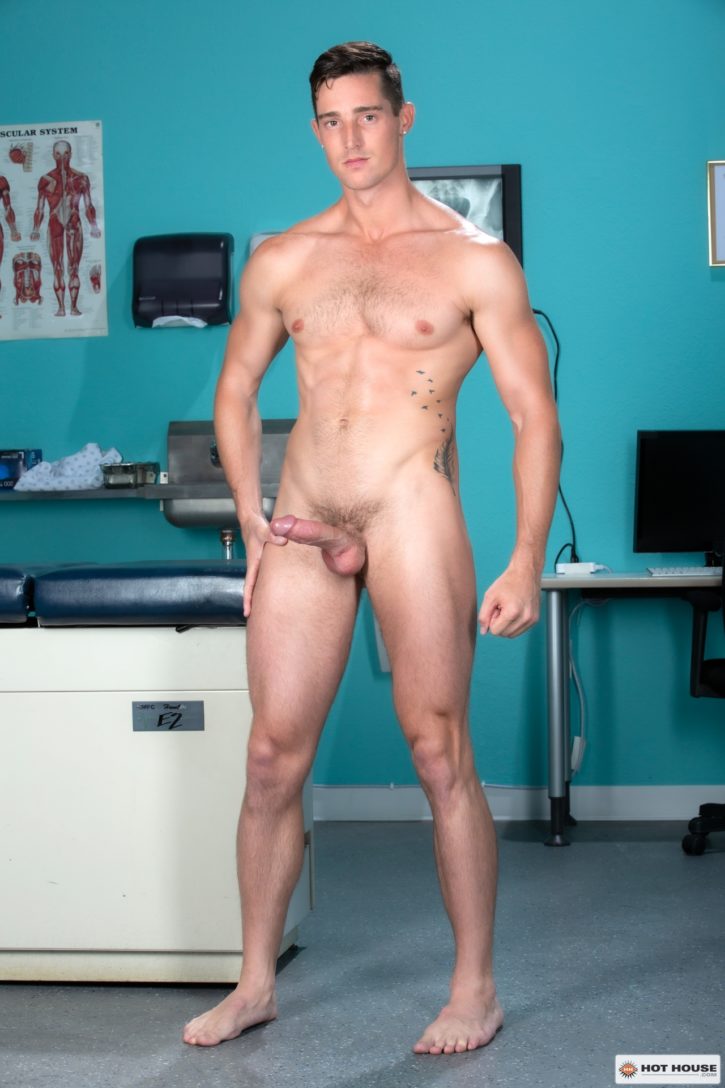
Before the Doctor gets deep inside his patient, Adrian turns around to feed Steven his uncut meat. Now that Steven is rock-hard, he lays Adrian back on the table and slams his big dick deep into the willing stud. After some bareback, hole-stretching pumps from the Doc’s cock, Adrian wants Steven’s meat down his throat one more time. Adrian slurps up the horny doctor’s pole before getting bent over and fucked over the exam table. When neither can hold back any longer, Adrian switches to his back to jack out his load that erupt from his cock in thick ropes landing on his heaving abs. Seeing Adrian covered in cum sends Steven into a frenzy, and he adds his load to the mix, busting all over Adrian’s abs.
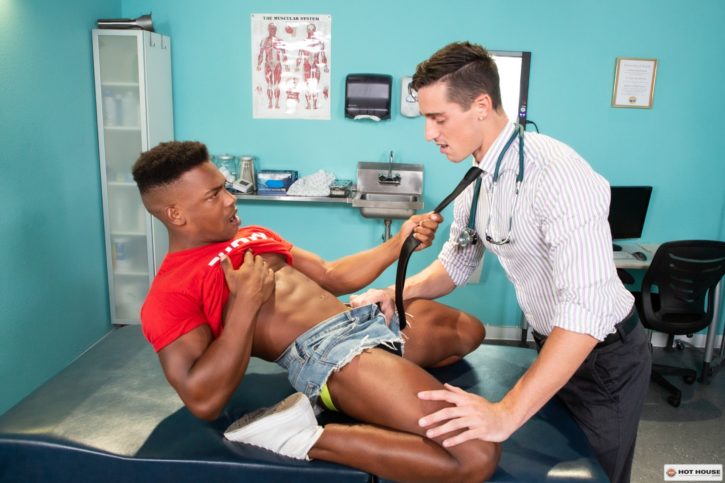
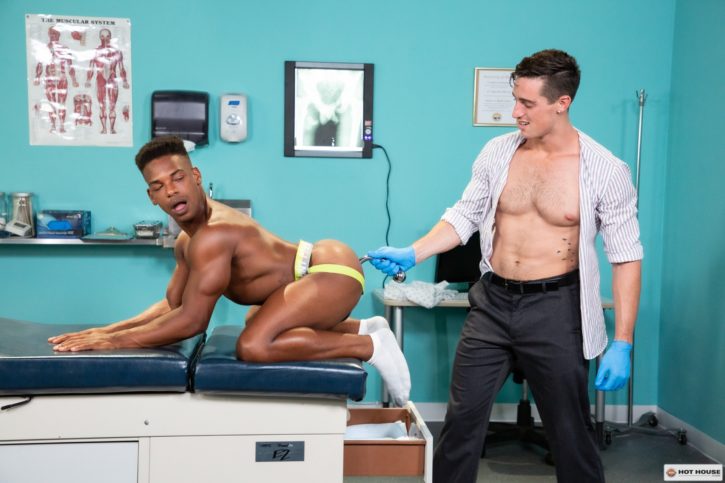
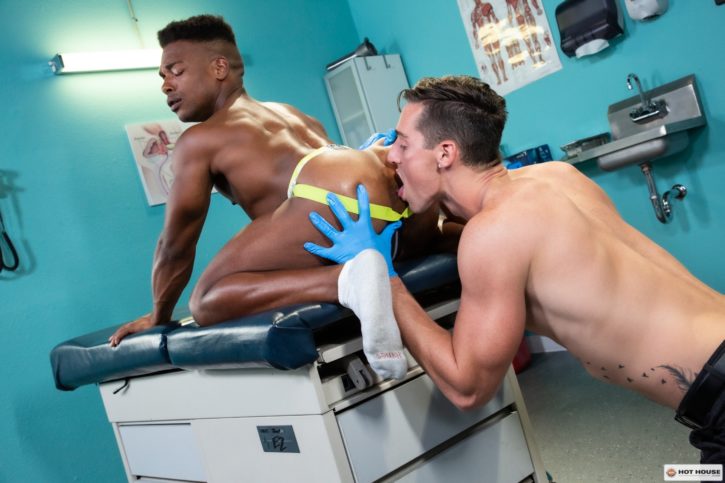
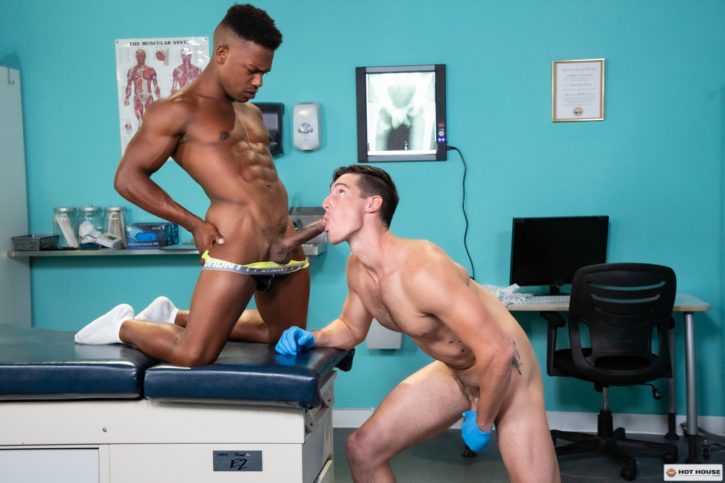
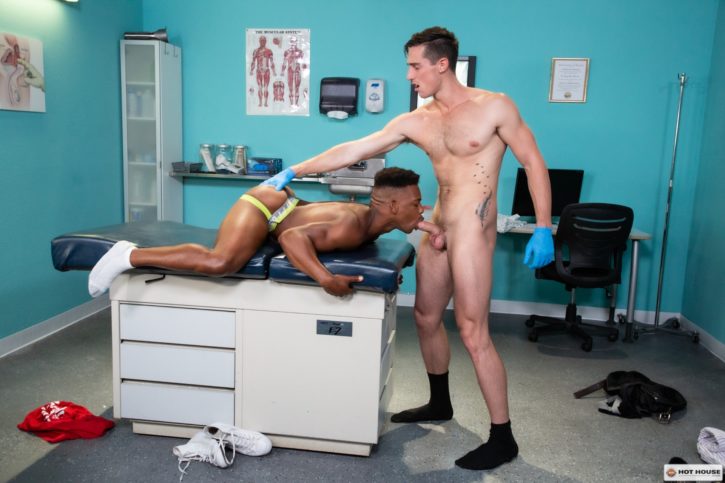
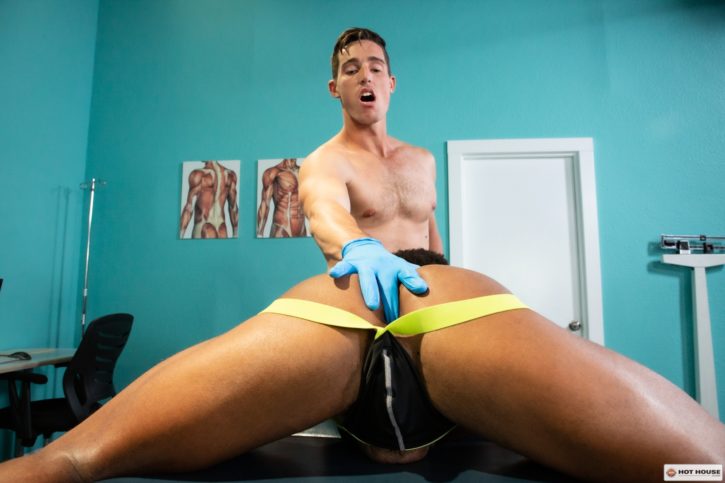


MERRY CHRYSLER! Watch #Exclusive @gaygringo_ pound @adrianhartjax in 'Dirty Doctor'
— HOT HOUSE (@HotHouseXXX) December 25, 2019
SAVE 50% w/ PROMO code HOTHOUSE50 https://t.co/DIaVdKEZyn pic.twitter.com/WfglQhJK7z
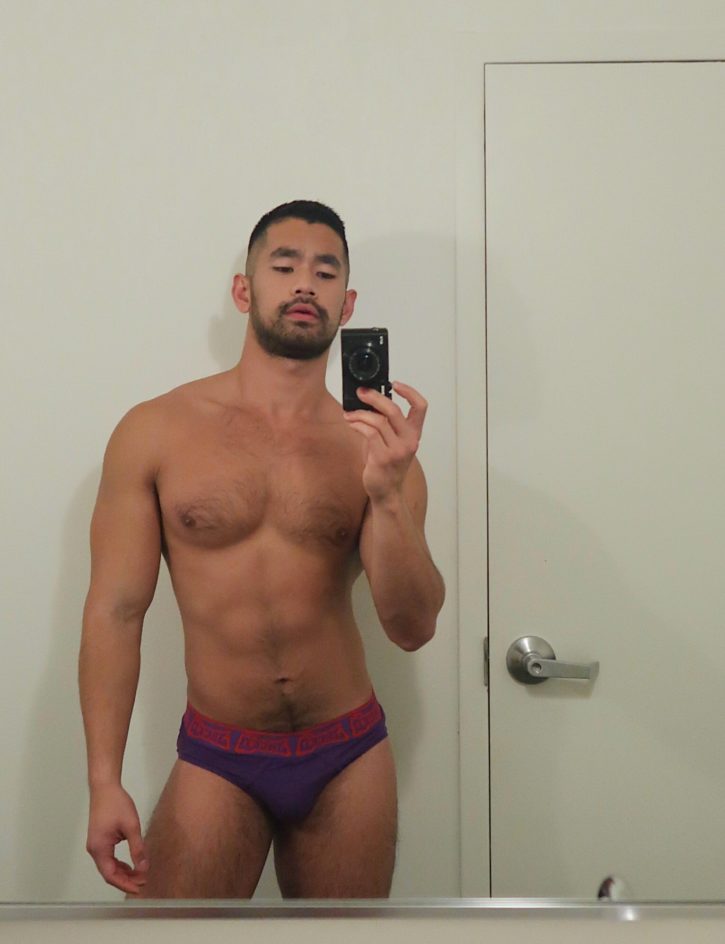

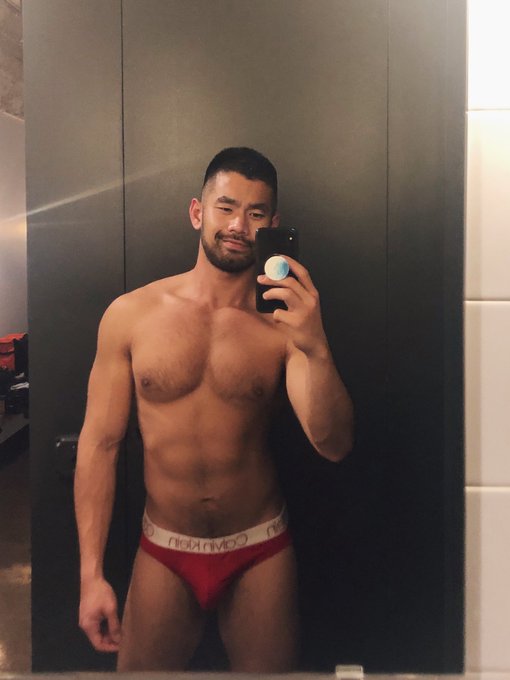

1
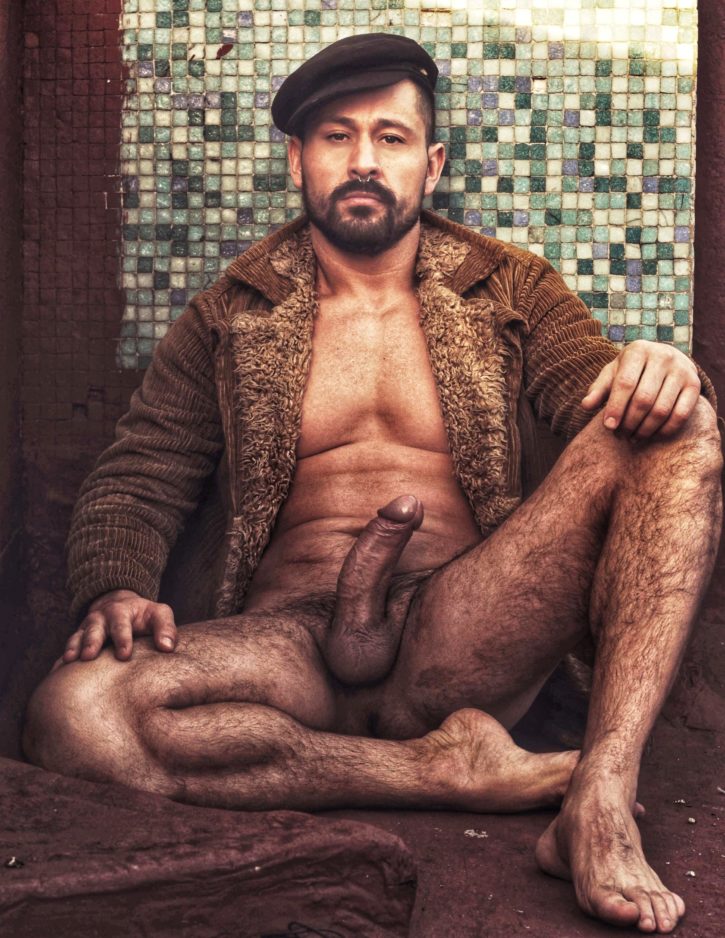

2

3
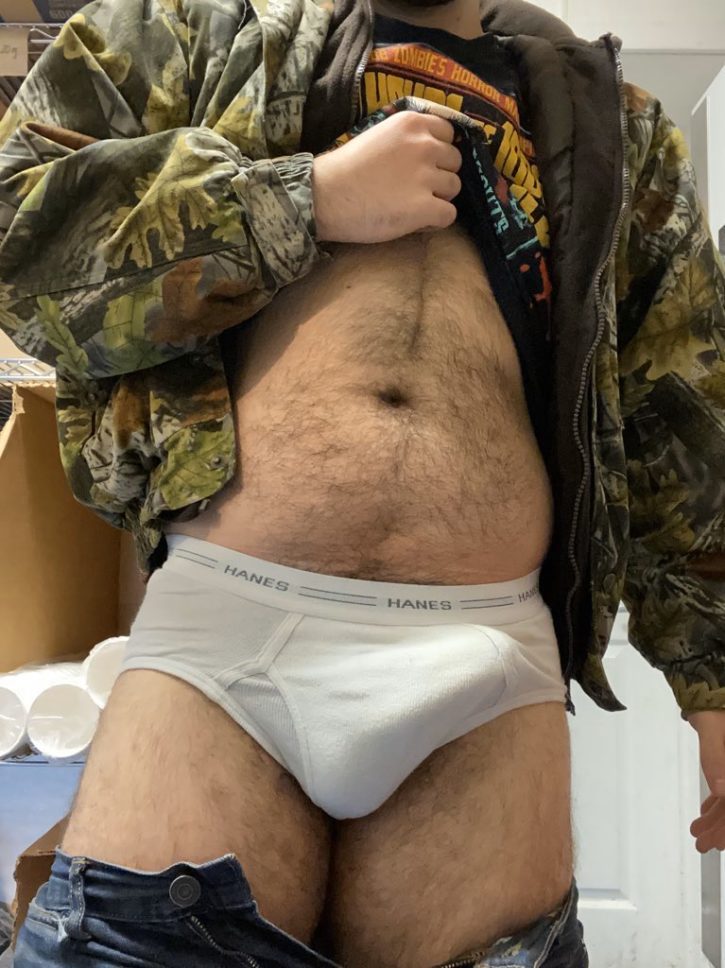
4
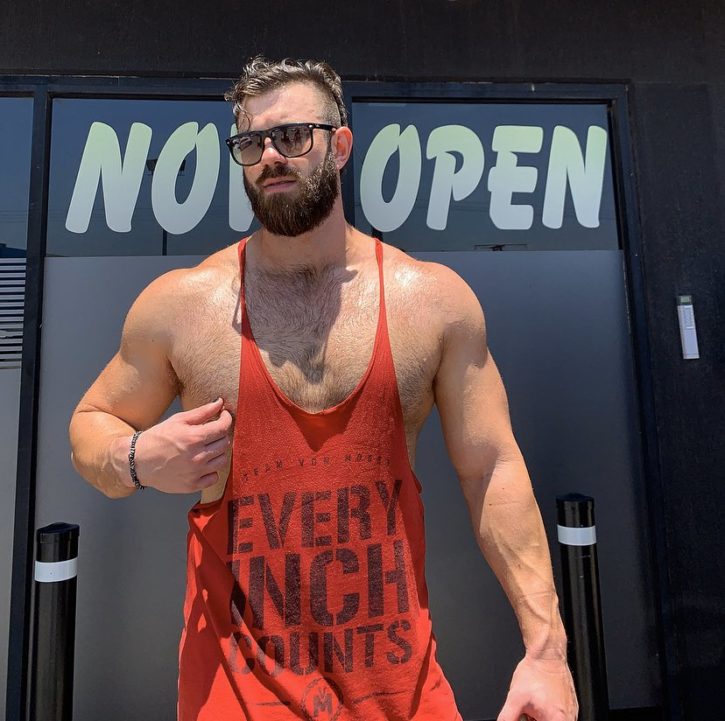
5
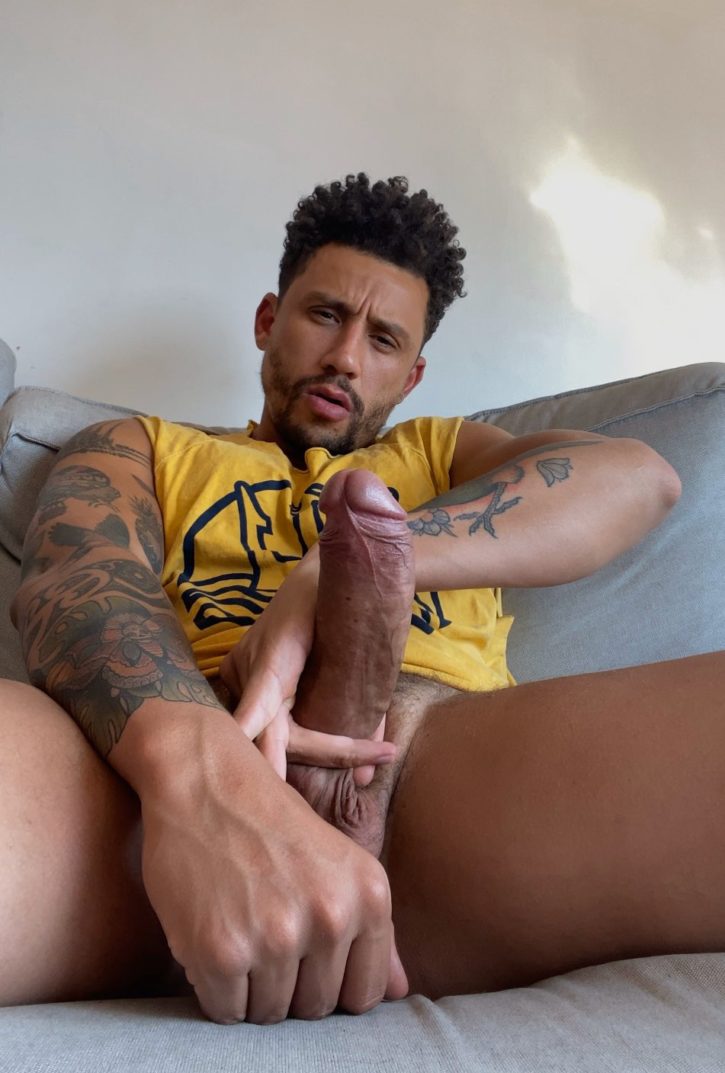
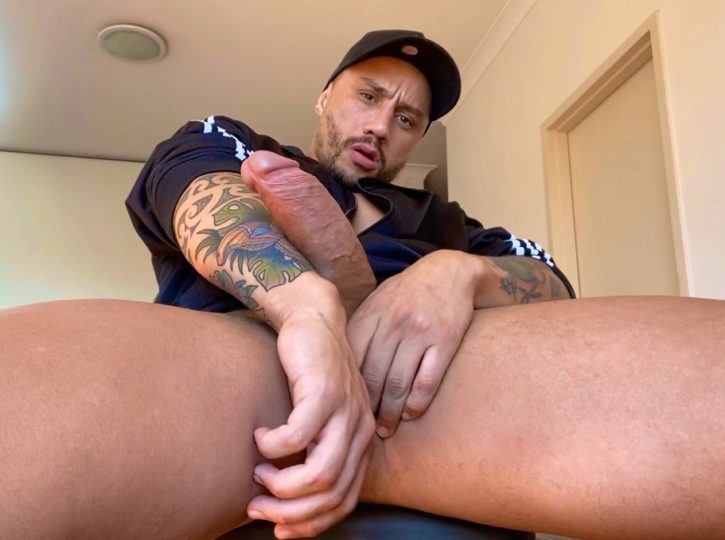
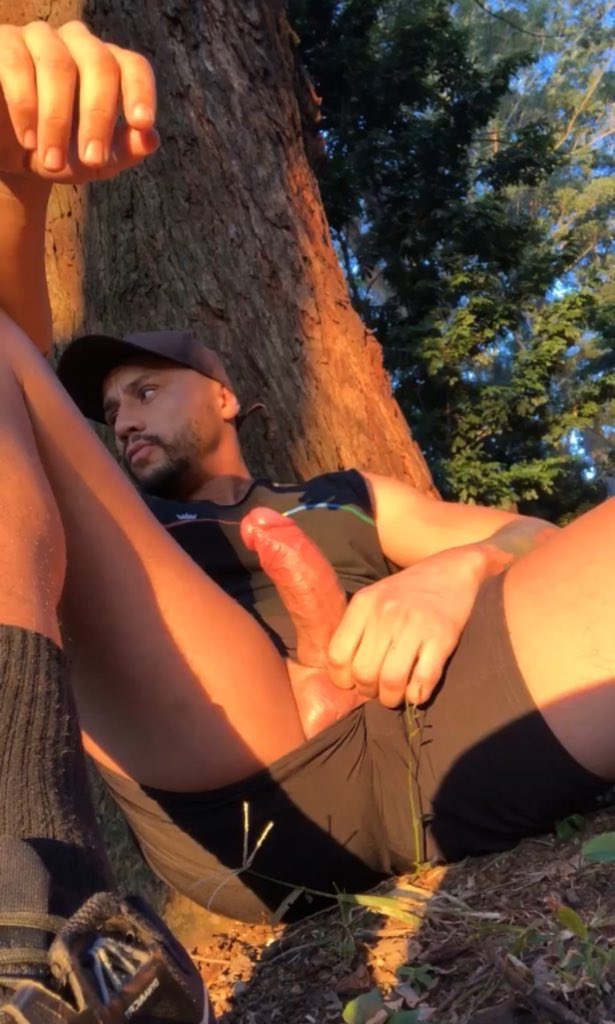
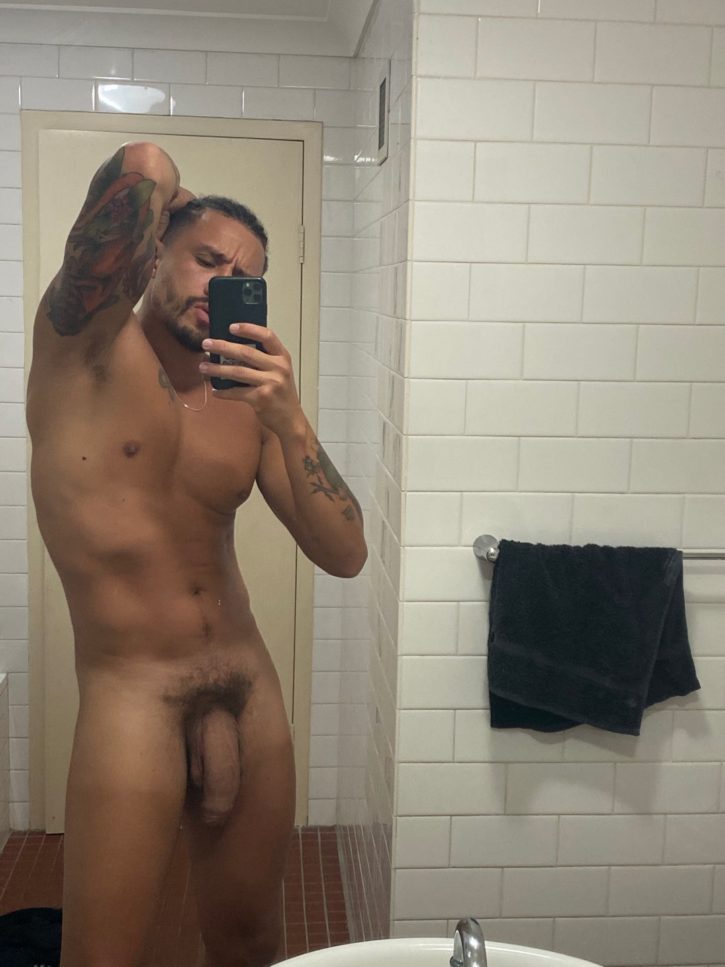
6
Pas de doute, il aime la bite ?pic.twitter.com/JCUa2SQAE2
— The_Lobby_Gay (@The_Lobby_Gay) December 24, 2019
7
EXCLUSIVE LOOK ?
— Greek Romeo (61K) (@_GreekRomeo_) December 9, 2019
Jack Tops @HoyttWalker #RAWhttps://t.co/zycyj08Ywe…
Hoytt almost cums hands free from str8 sk8r Jack's #hung #uncut #cock
Follow them and follow @_GreekRomeo_ pic.twitter.com/jCS5z2qog4
8
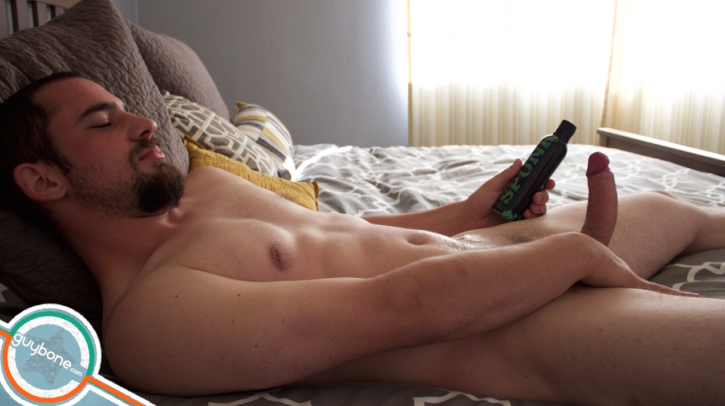
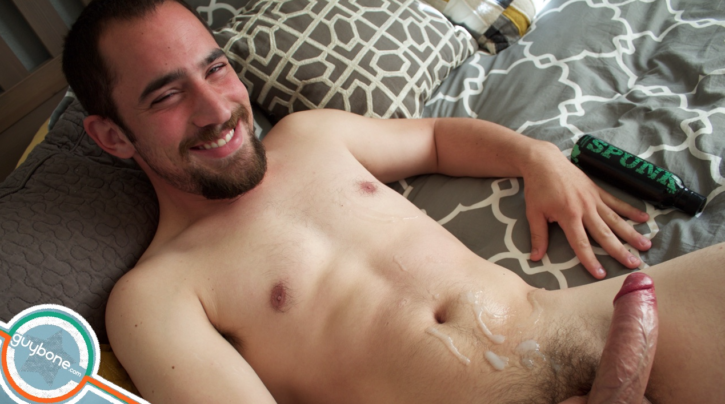
9
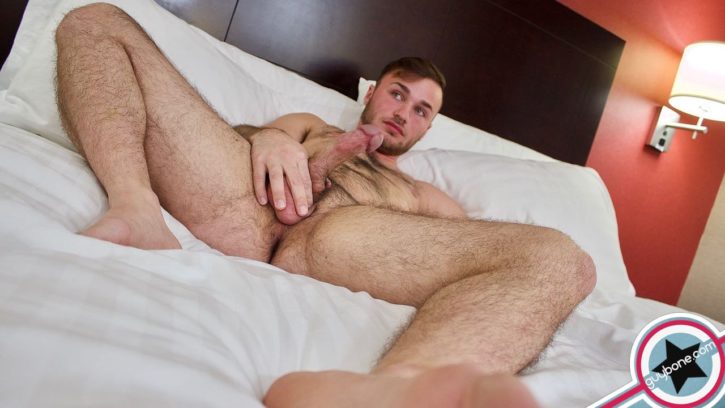
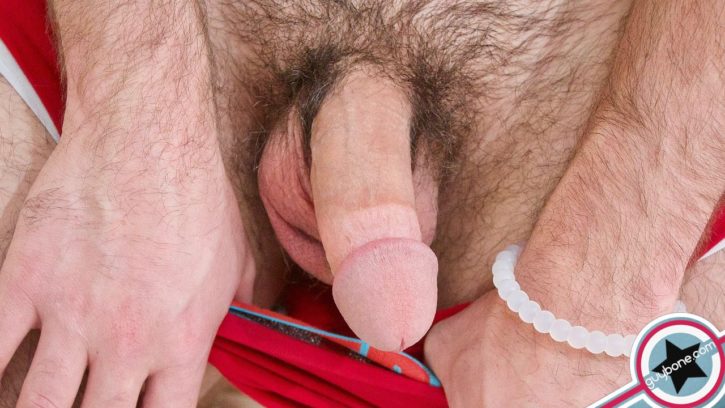
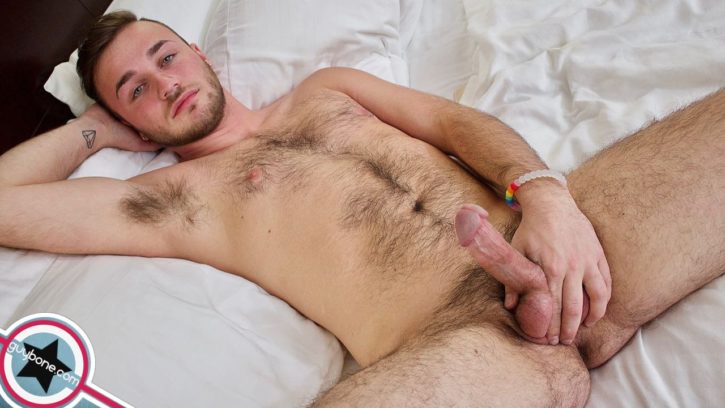
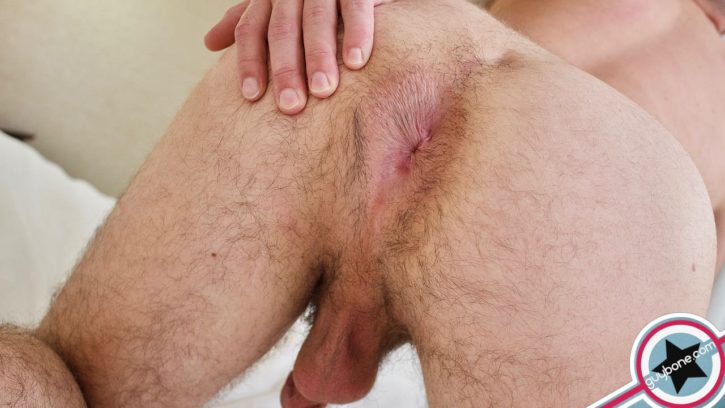
10
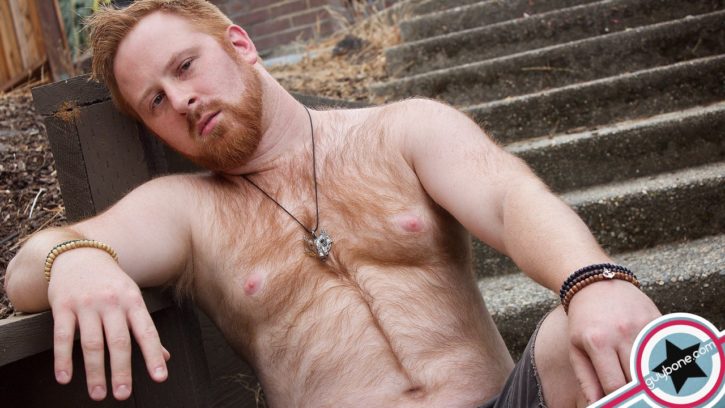
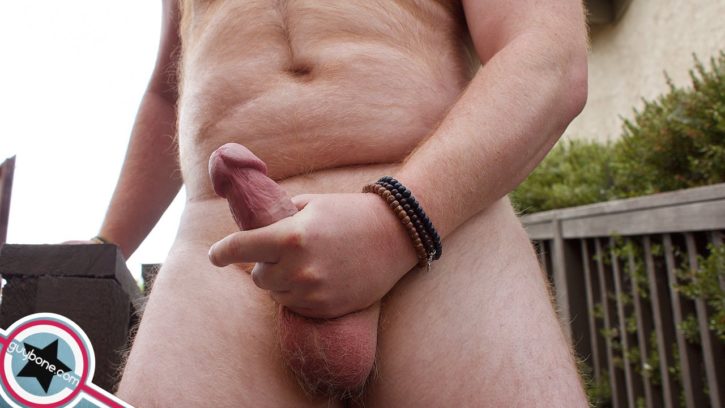

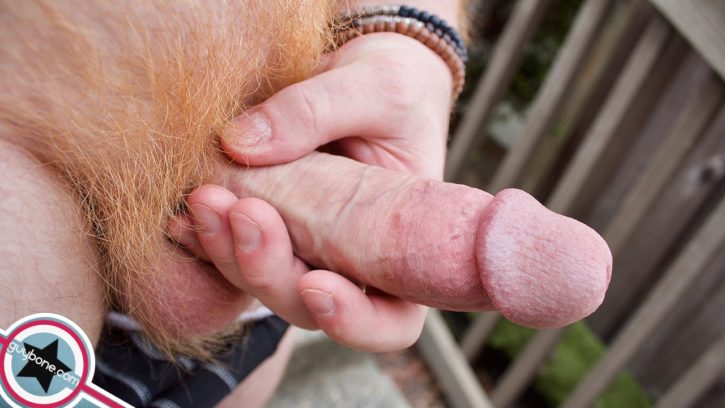


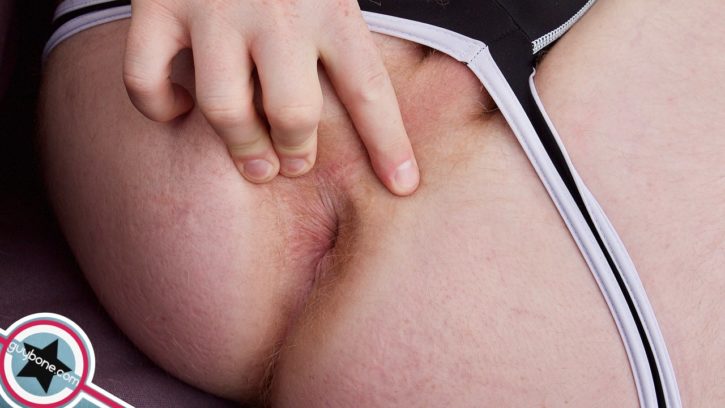
11
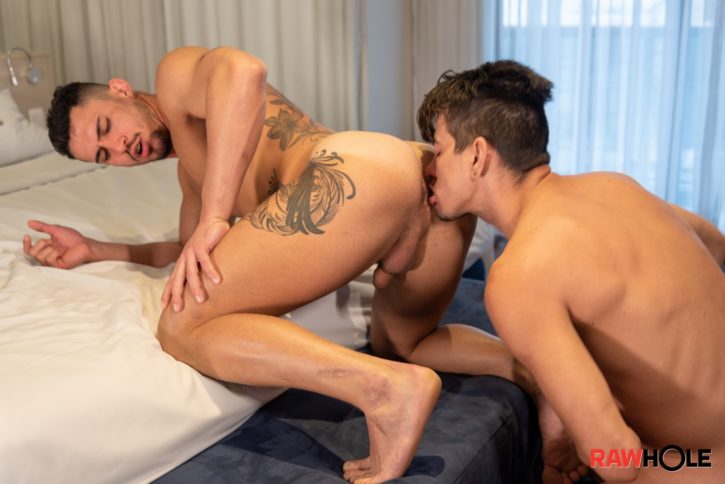
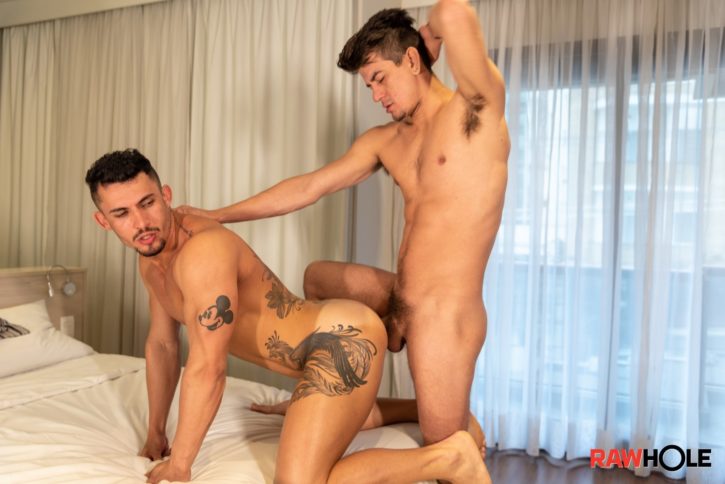
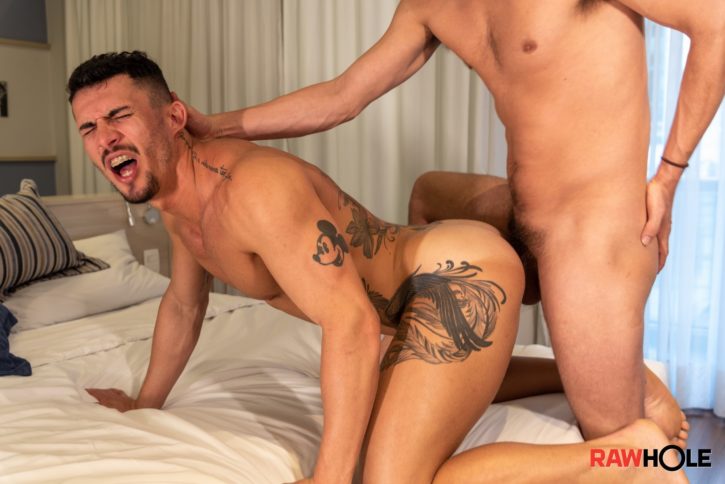
12

13
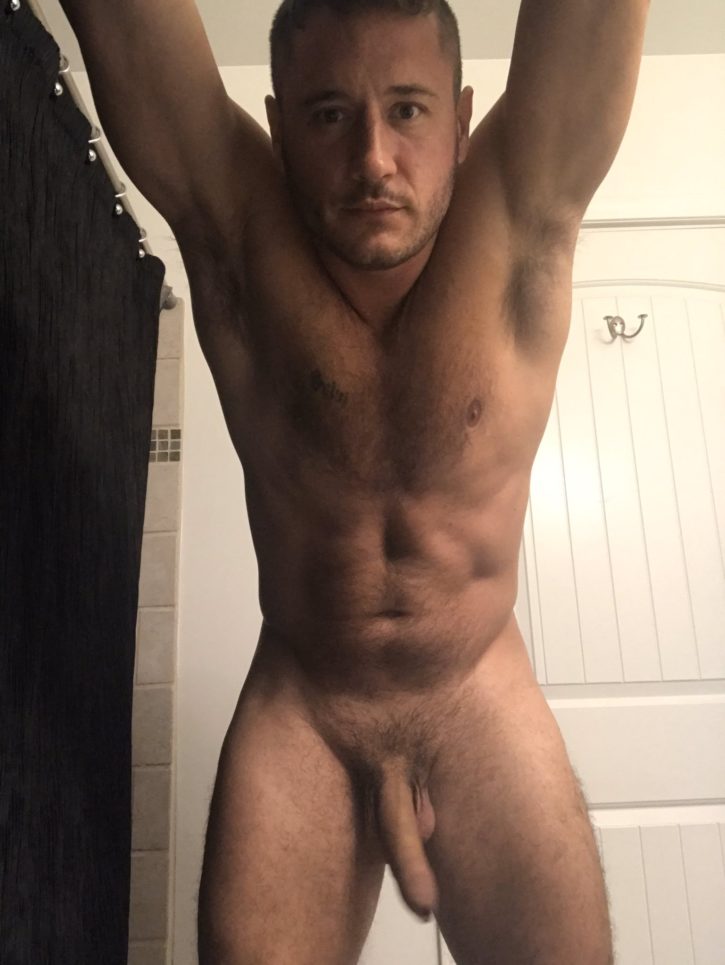
14
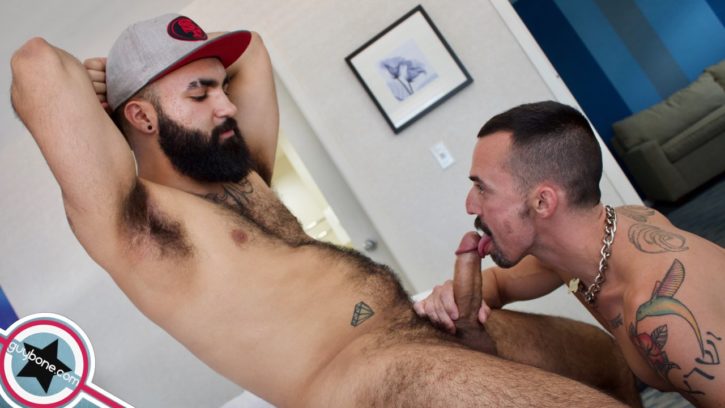
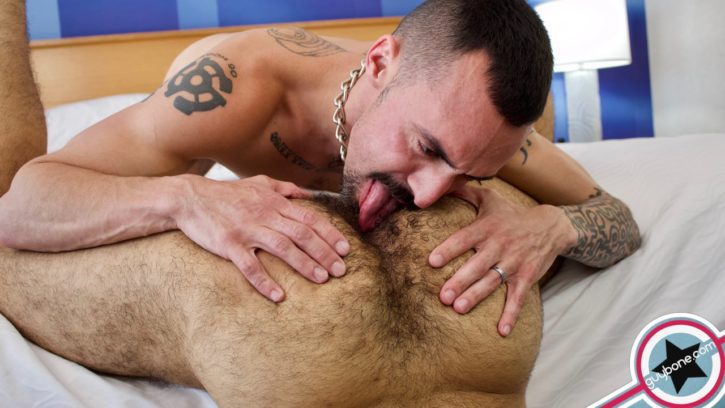
15
Edison & Lance Flip #RAWhttps://t.co/jferVdJ5zX…
— Greek Romeo (61K) (@_GreekRomeo_) December 9, 2019
Hairy new otter makes his #bareback debut with horny vers fan favorite!
Follow them and follow @_GreekRomeo_ pic.twitter.com/HuYxCgGxap
16
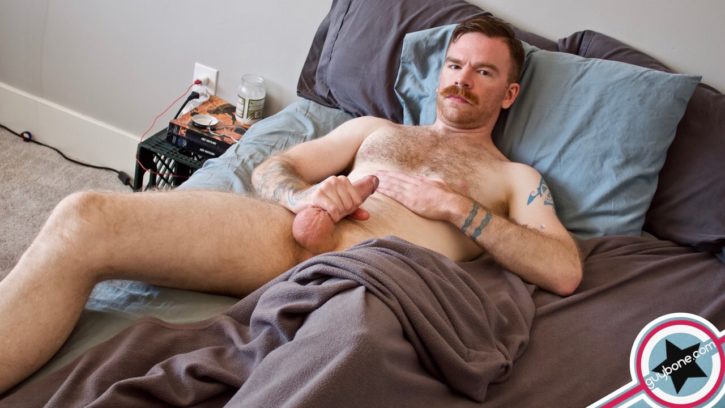
17
Imagine waking up to me on your bed with my legs back. Sliding in me then I start Creaming all on your dick. Making you BUST ? a big fat nut before heading to work ☀️?? That’s LOVE ❤️
— Wes (@NeedwestIII) August 19, 2019
??https://t.co/5JgoGshYr0
pic.twitter.com/vz8MFyC9lg
18
Rhyheim Shabazz & Studs ?https://t.co/D3CruMw47vhttps://t.co/frQIlqQVF0@SRhyheim @EyeFilmz @AlejandroCasFan#gaysex #cocksucker #daddy #nsfw #gayvid #gaymen #gayboy #gay #hotboy #gayporn #GuyCandy #hotmen #hung #stud #bigcock#blackcocks #blackmen #bigdicks pic.twitter.com/Dws2tTrNfS
— Muscle Model & Porn Fantasy's 24.3K (@SteveMuscleFam) December 24, 2019
19
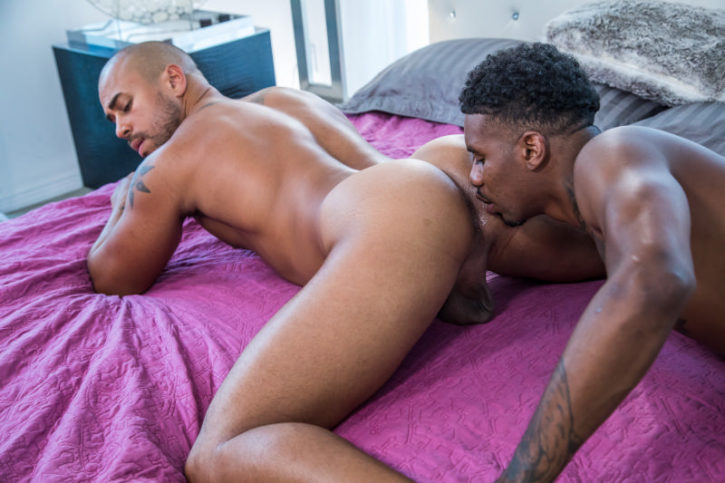
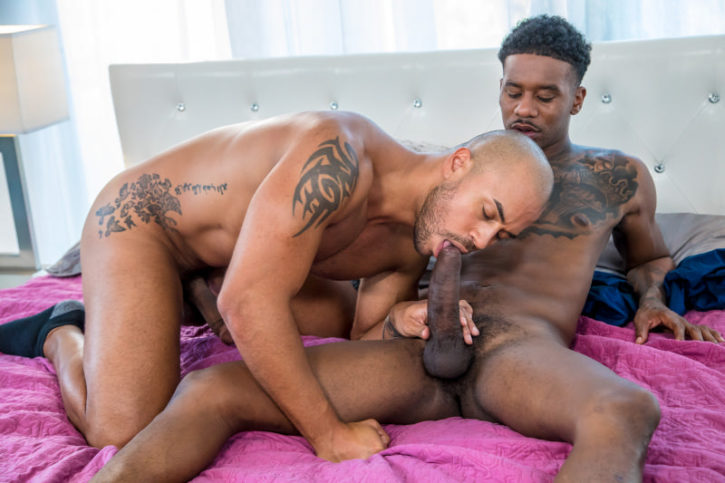
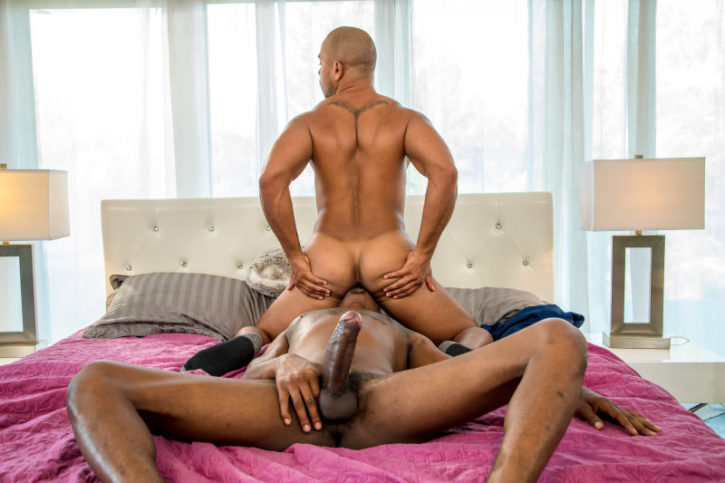
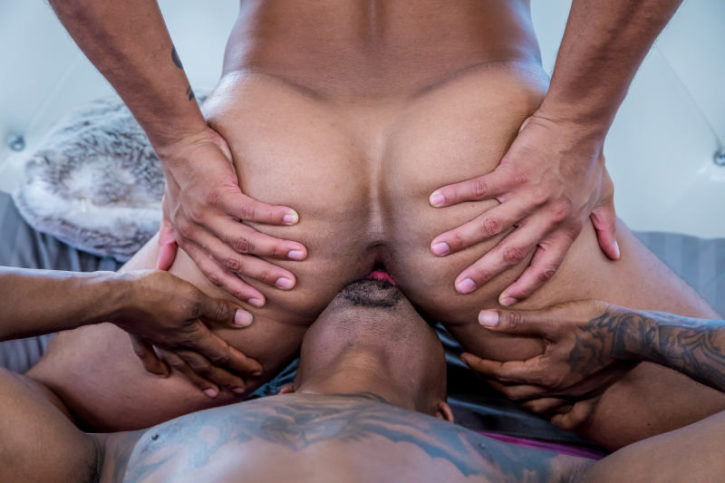
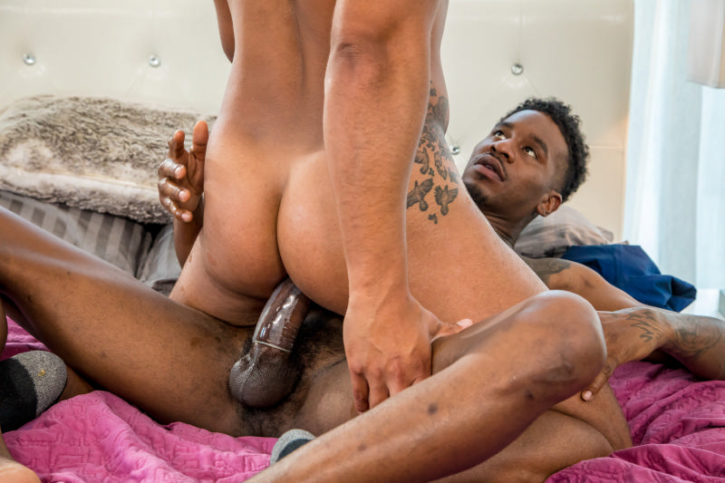
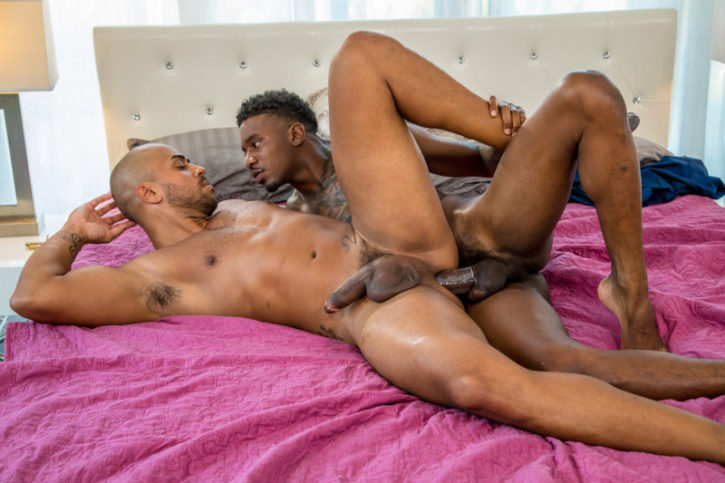
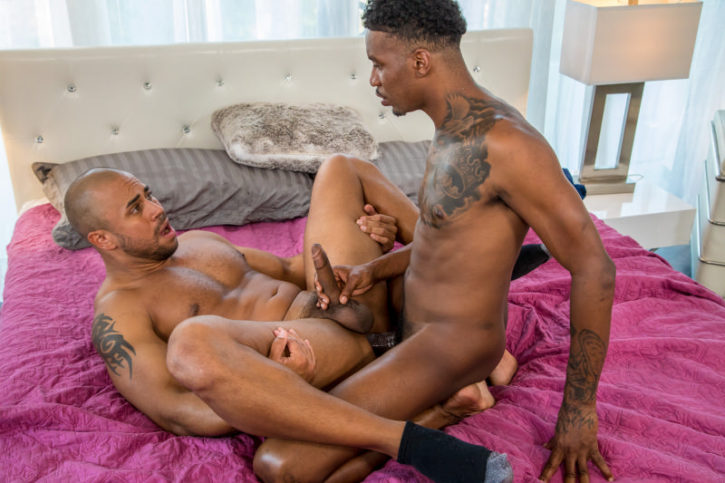
20
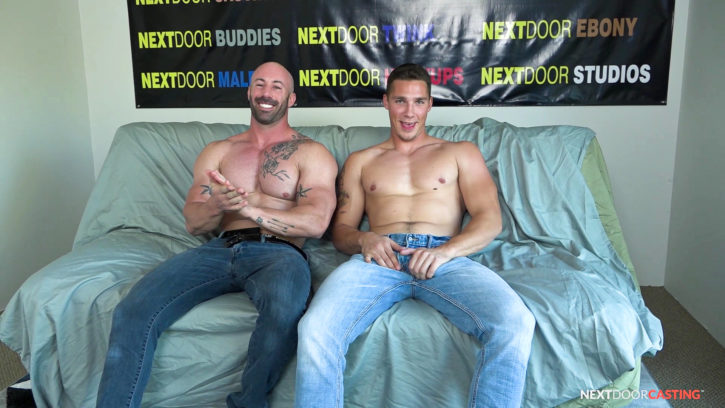
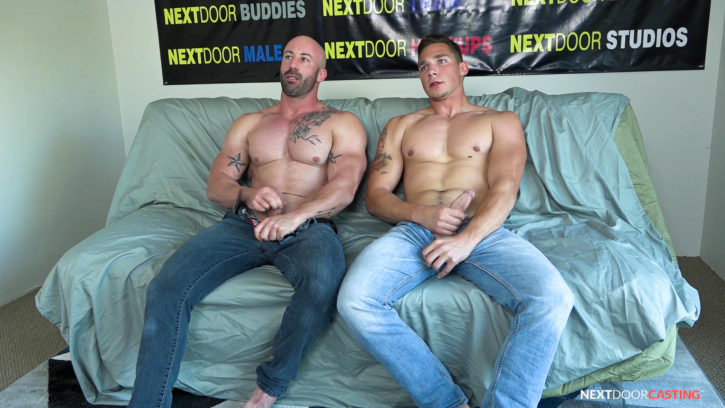
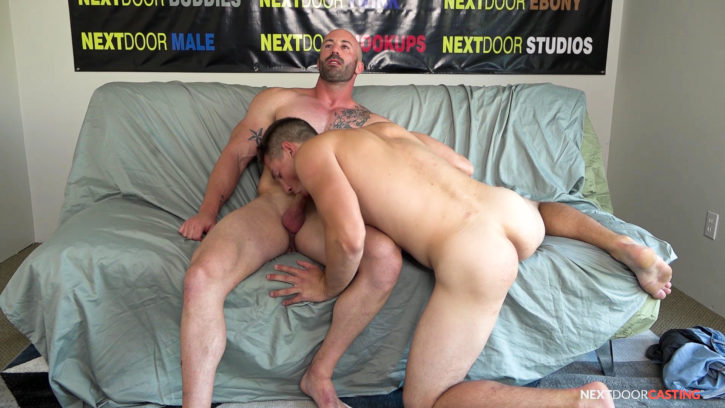
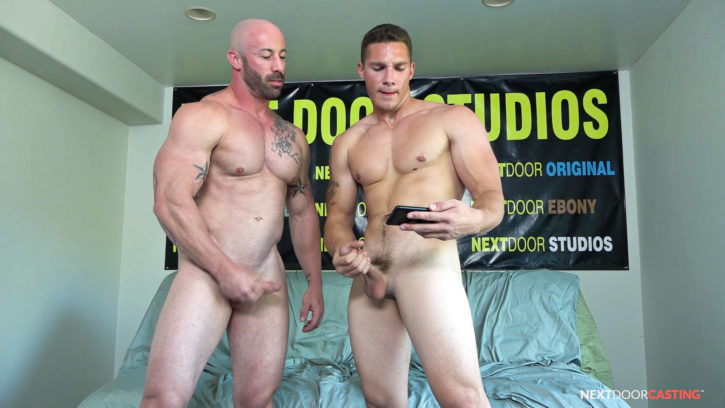
NEXT DOOR STUDIOS: Max King II is back by popular demand and it’s his first time doing anything with another man. We thought Spencer would be a perfect match for Max since Spencer Laval is so easy going and goes with the flow. Our casting agent could tell that both of these hunks were hitting it off so he told them to have fun and not to stress out on anything. Max was stressing a little bit but once he became comfortable he eased into a great performance with Spencer. Max sucked on his first cock as well as getting his sucked and he fucked his first ass which Spencer was so grateful that it was his tight ass that got that fat cock. Our casting agent told Max he did great and it was time for them to bust their nuts so they did. We hope you enjoyed seeing Max again and we know he will only keep getting better. Sound off in the comments.
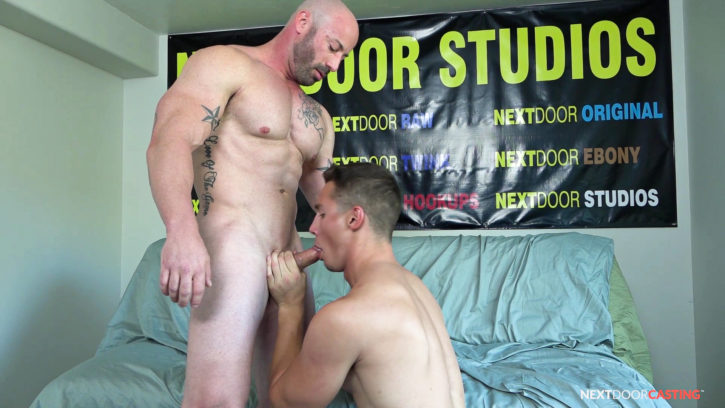
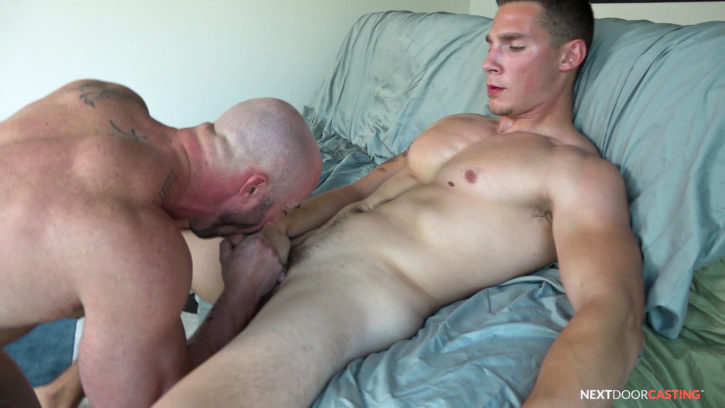

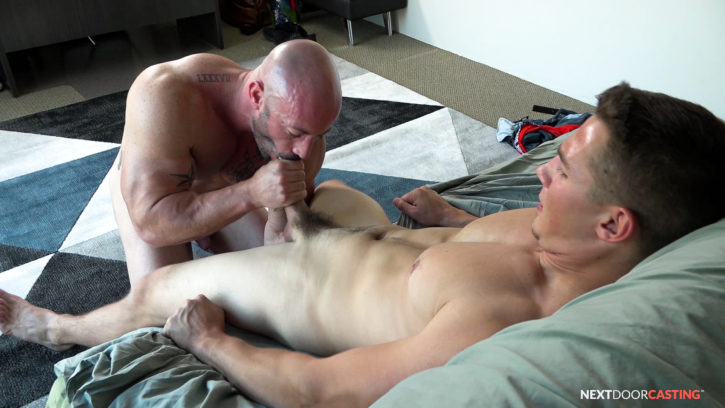

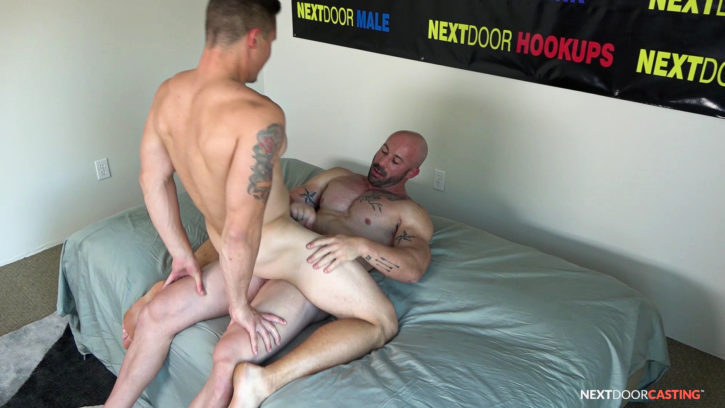
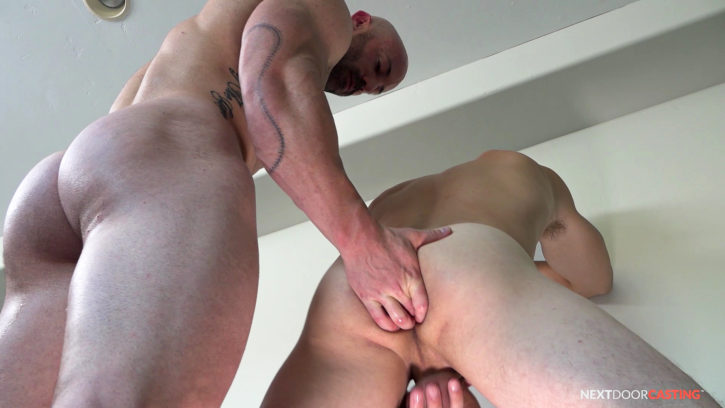
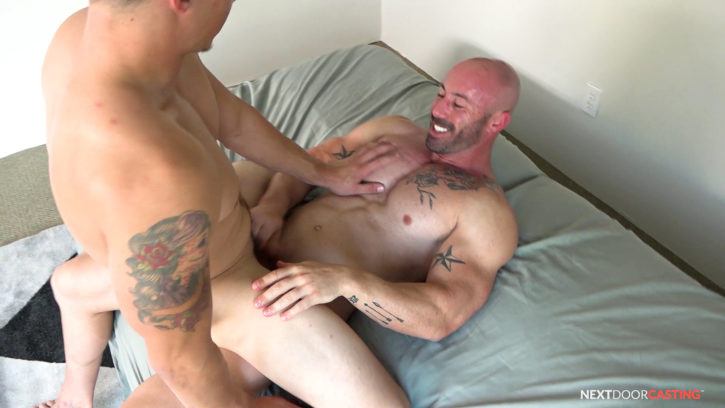
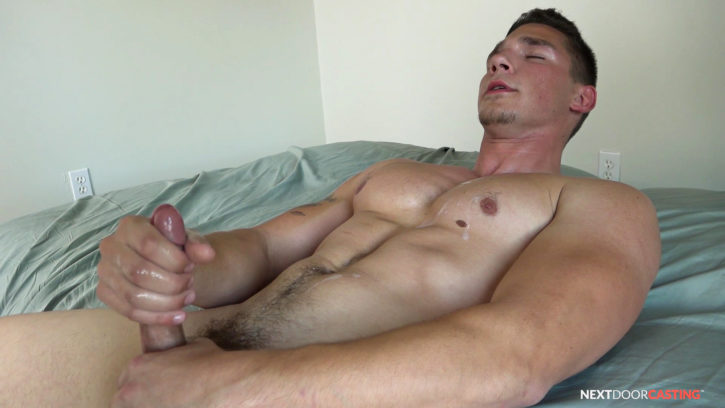
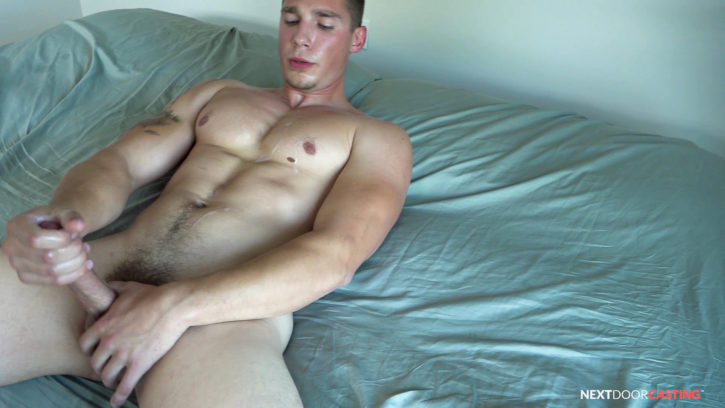


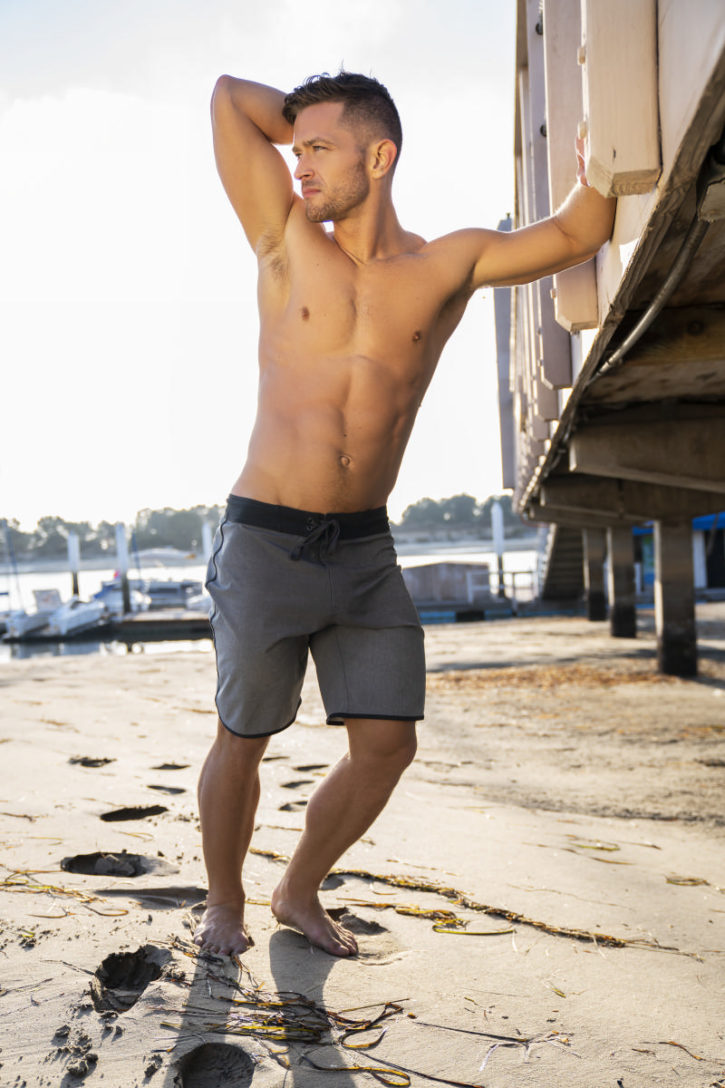
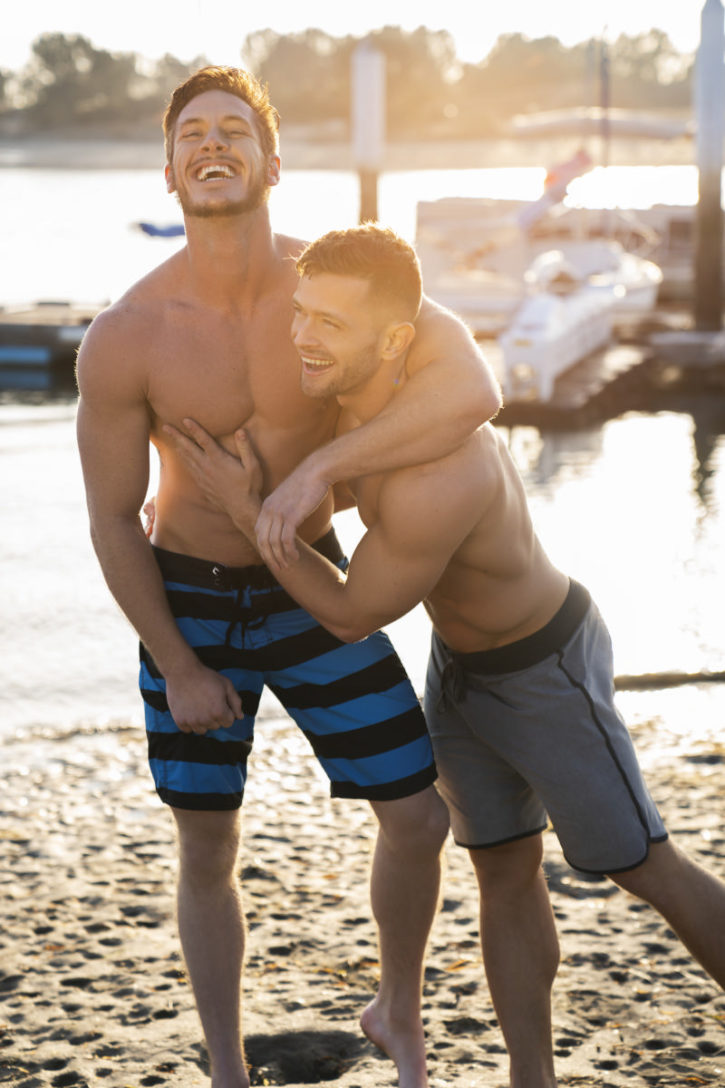




SEAN CODY: “You guys have been asking for this,” says Sean Cody favorite Jax as he cuddles up to hottie Deacon. “I’ve been asking for it, he’s been asking for it, everybody wants to see it. AND we get to do my favorite thing ever–” “Fuck,” Deacon adds helpfully. “Okay, second-favorite,” Jax replies. Before these guys head back to the Sean Cody studio to get started on their fave activity, they hop on a jetski and head out on the bay. The water may be cold, but Jax and Deacon are hot hot hot as they flex their perfect muscles and admire each other. Deacon and Jax can’t agree about who’s got the better body, but they are in full agreement about what they want to do with them, as Deacon rides Jax’s huge cock. These guys are so turned on by each other they even cum in sync!


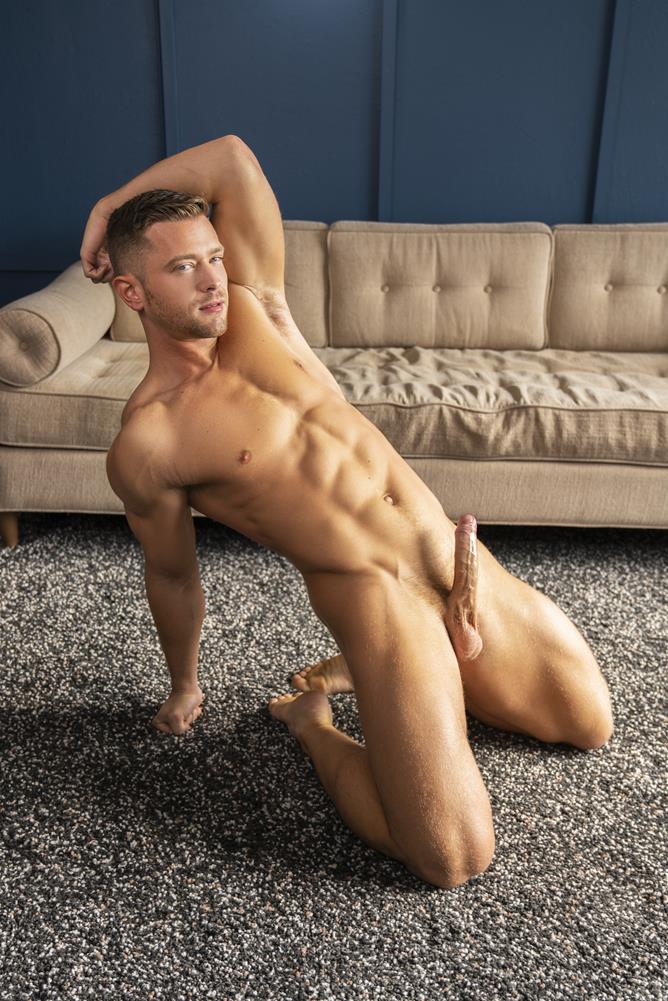

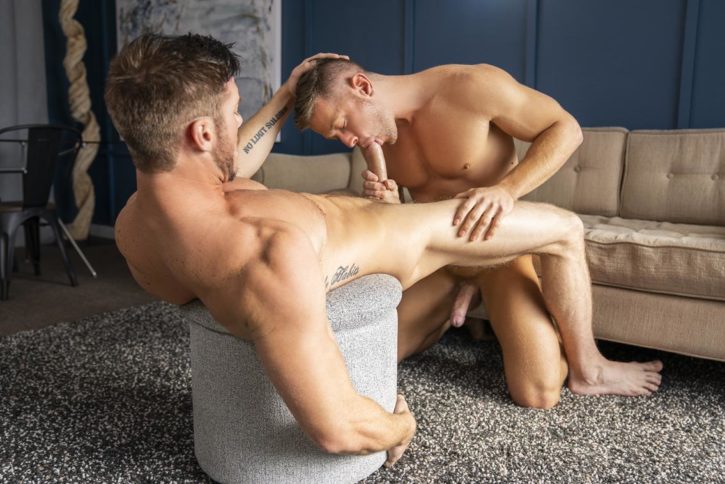
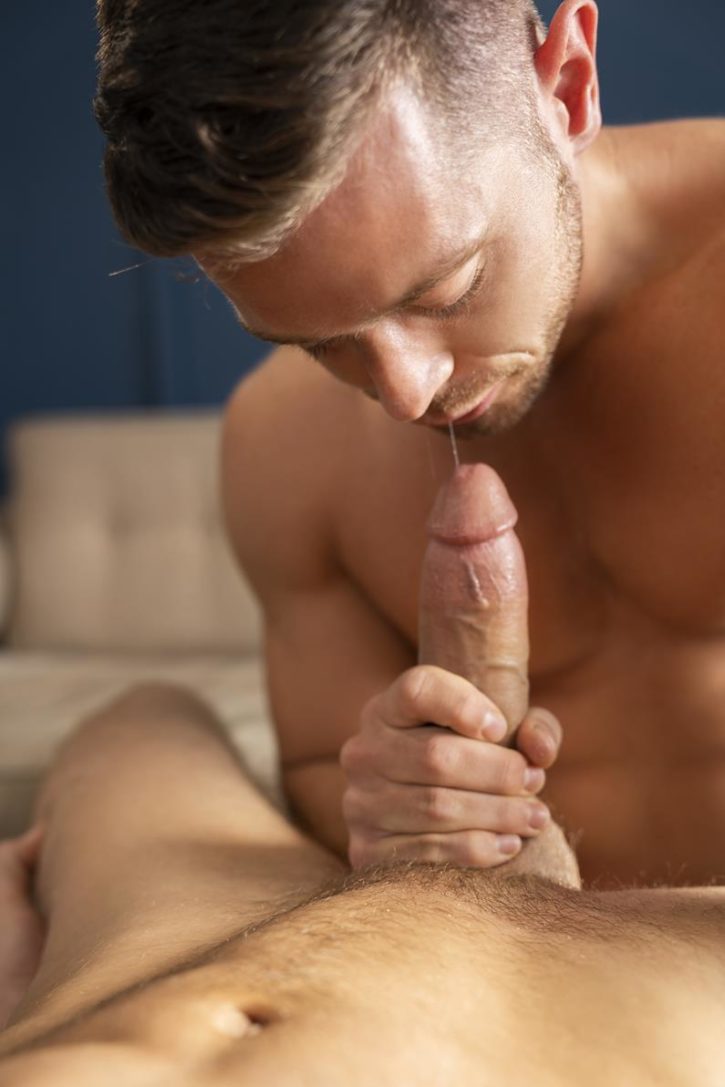
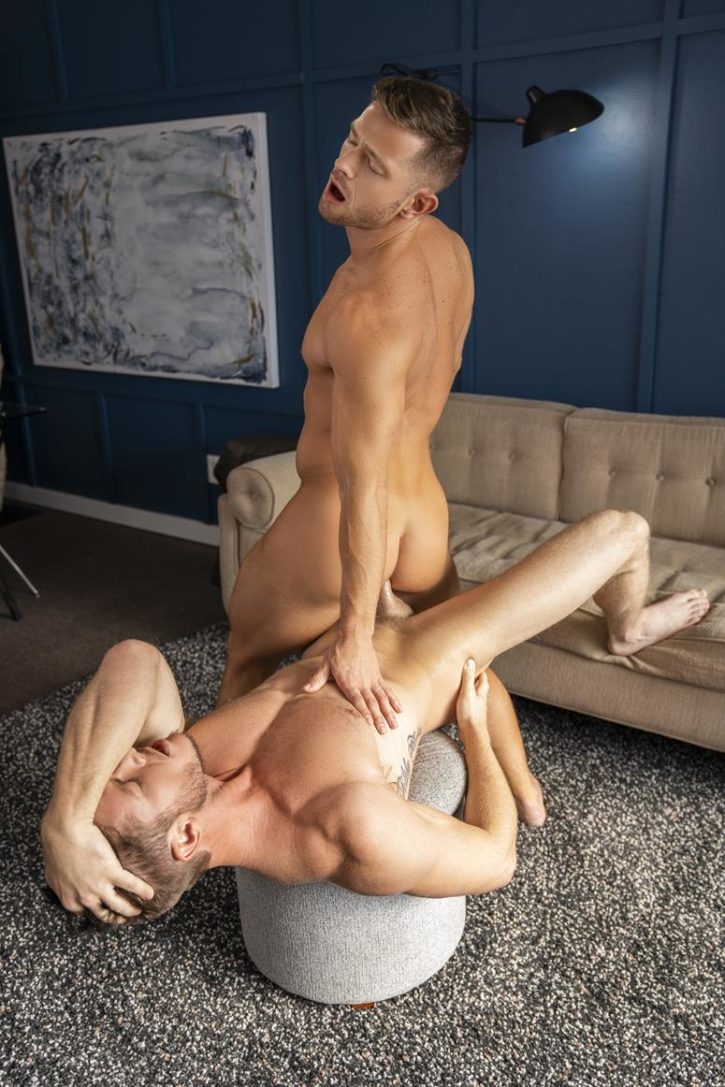
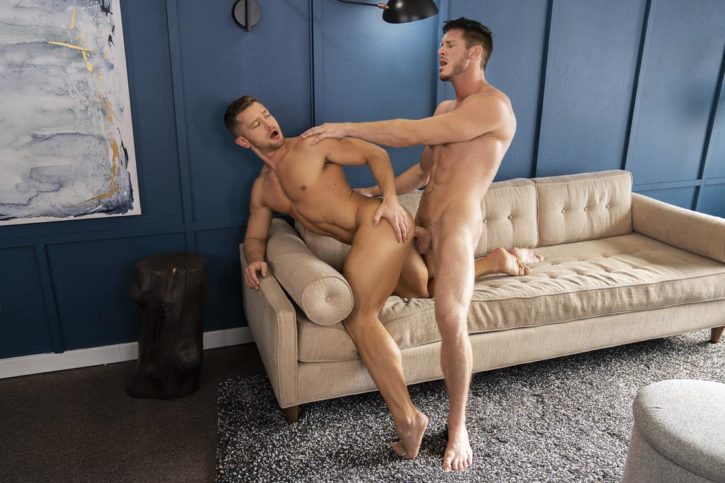


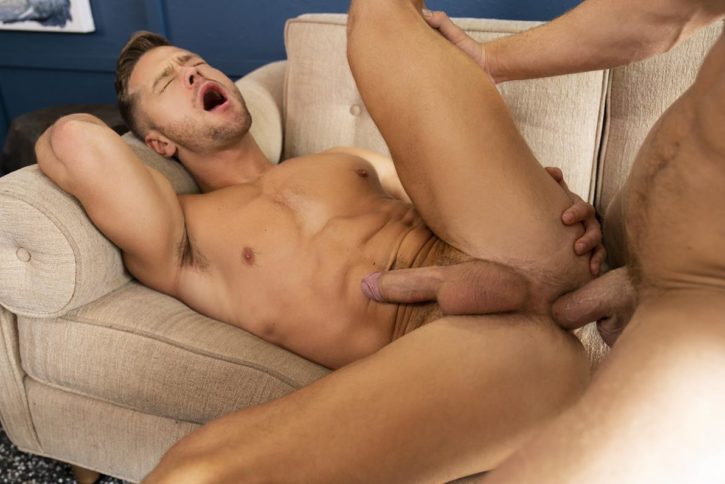
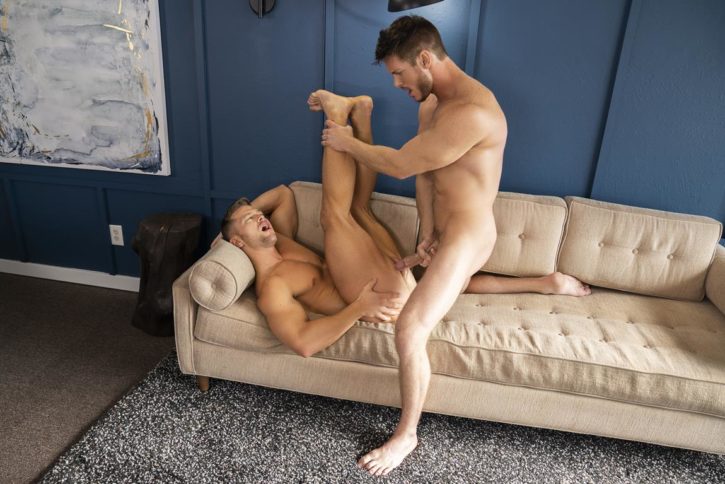
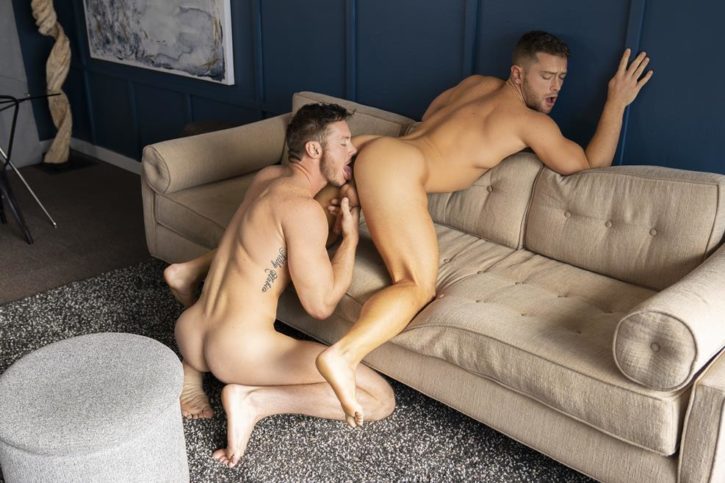
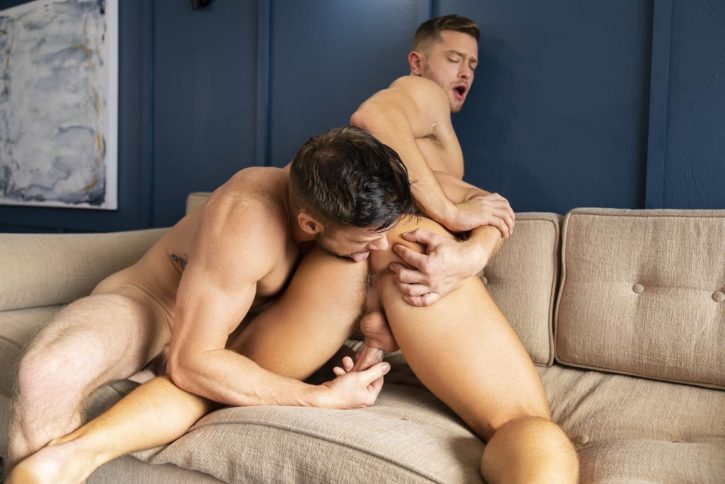

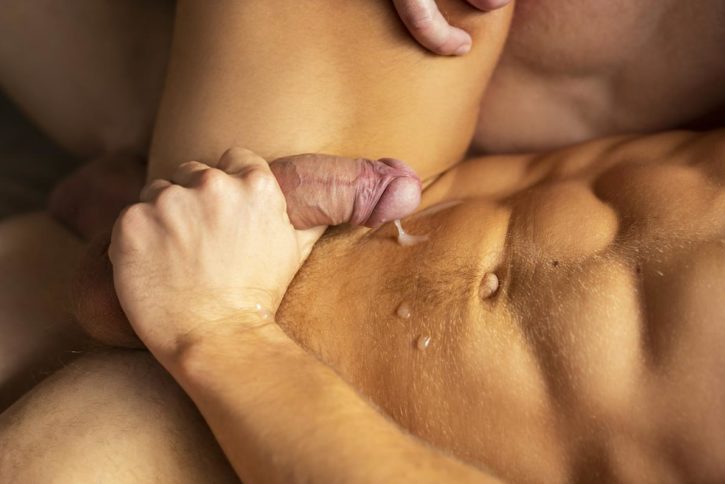
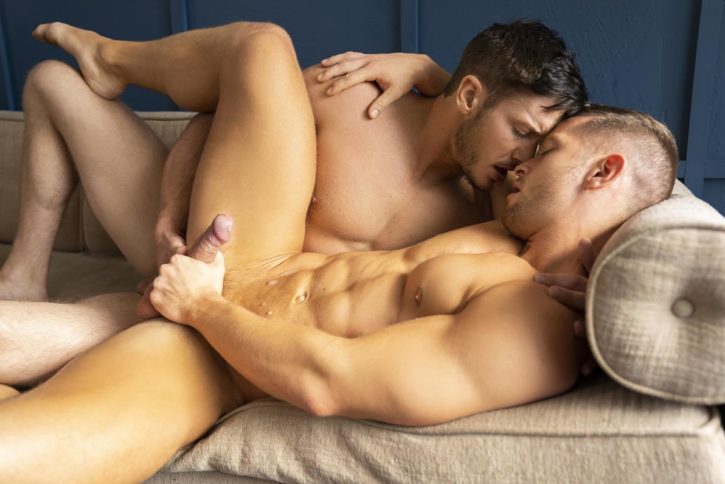
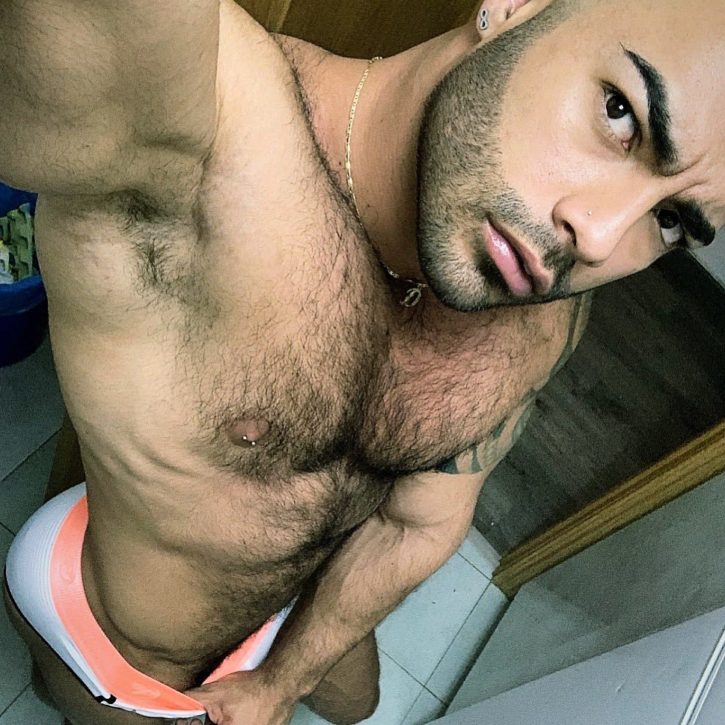

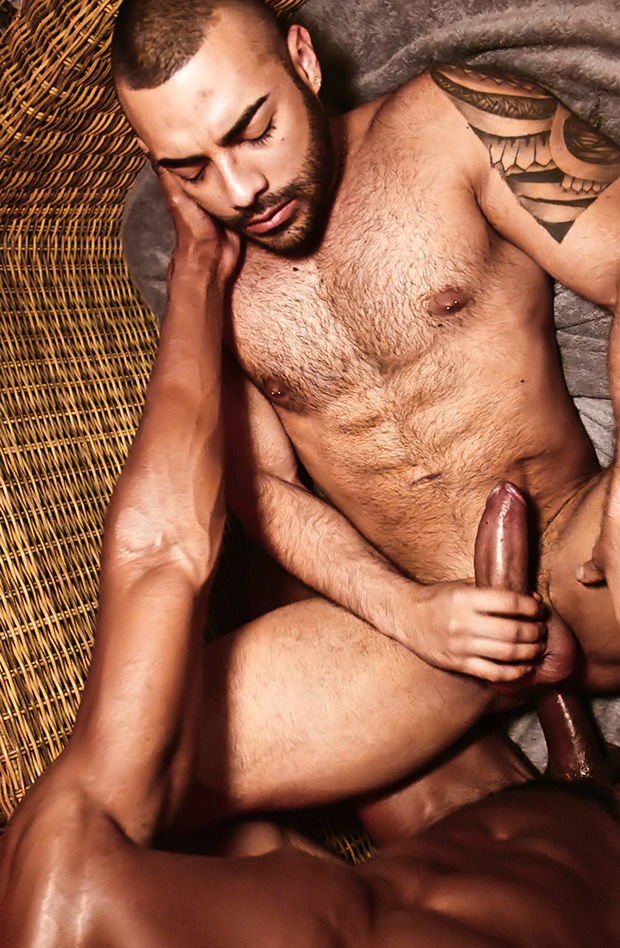
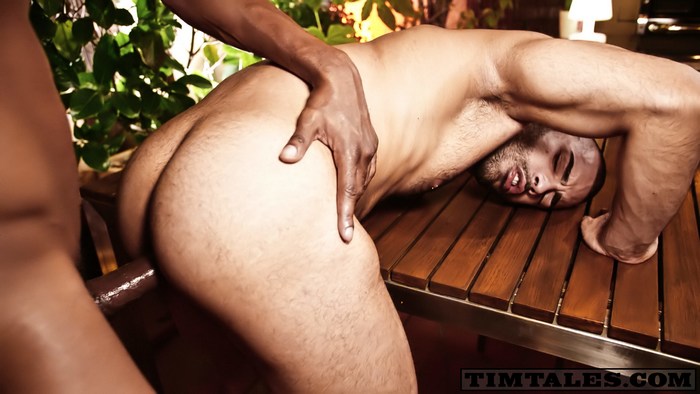


? from @timtales_com
— Rhyheim Shabazz (@SRhyheim) July 29, 2019
w. @SRhyheim & @andres_anteliz https://t.co/dfciYoHAuMpic.twitter.com/5Ebz9OdRu6



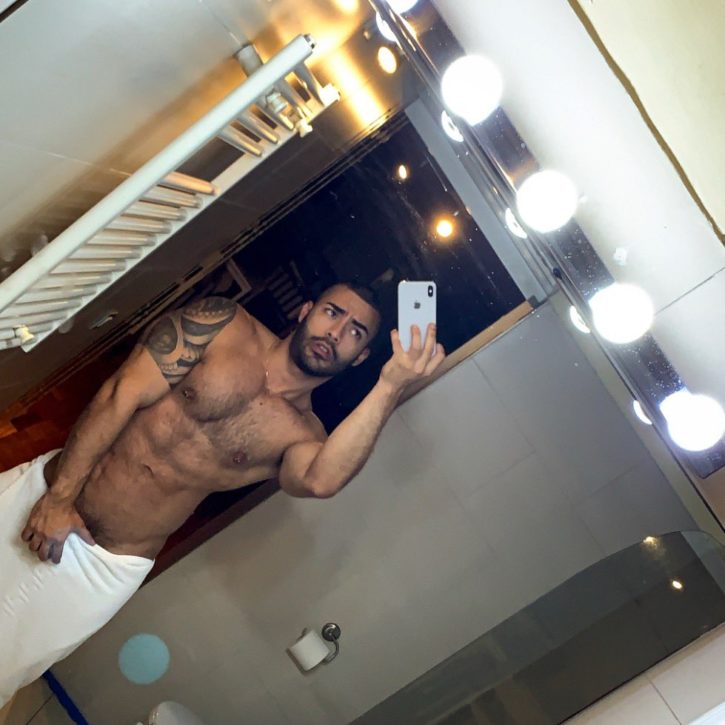

#summerofRhyheim ⛱️☀️❤️
— ? ?????????? #TEAMBIGBLACKDICK ?? (@blackxtrip) August 8, 2019
Rhyheim Shabazz @SRhyheim fucks @andres_anteliz from @timtales_com@BoysdoLukeOn
@LuckeysBoyz@LUCAS__RT@YuriOberon@AlejandroCastX@KaydenGrayXXX@homensdobrasil@Brasillianboys#teambigblackdick @blackxtrip pic.twitter.com/O6gO24Epvf
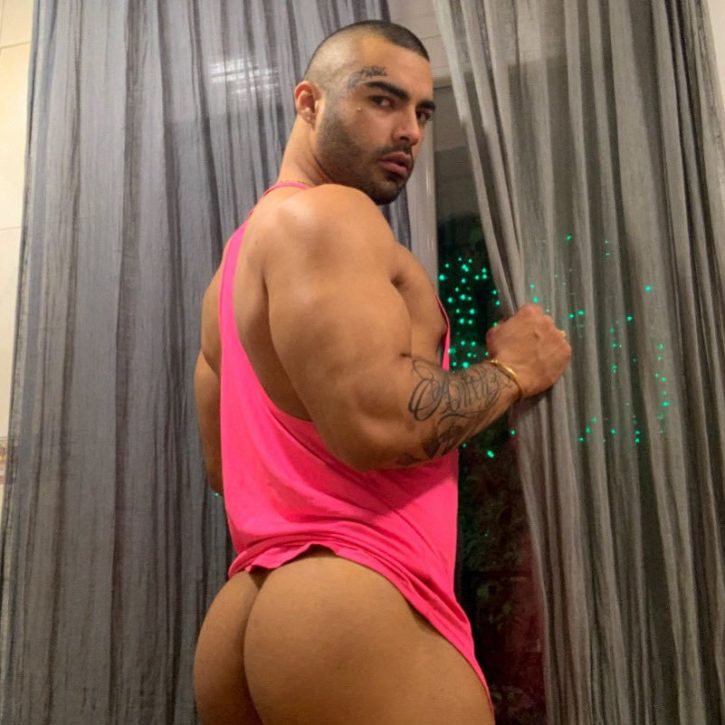

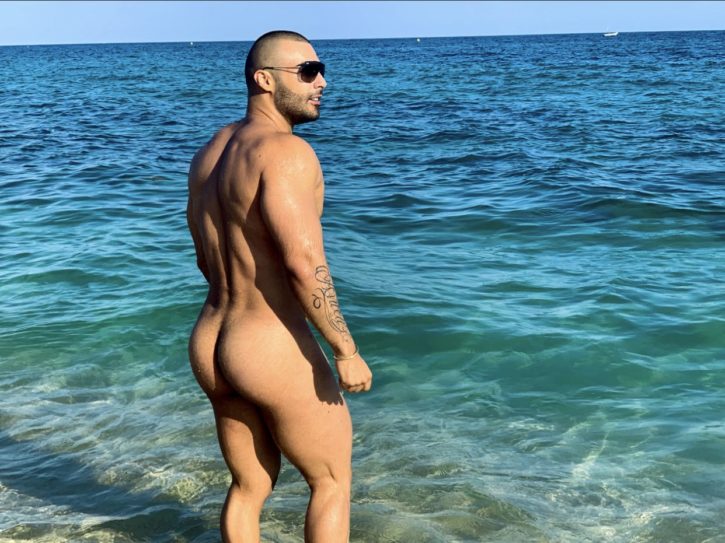
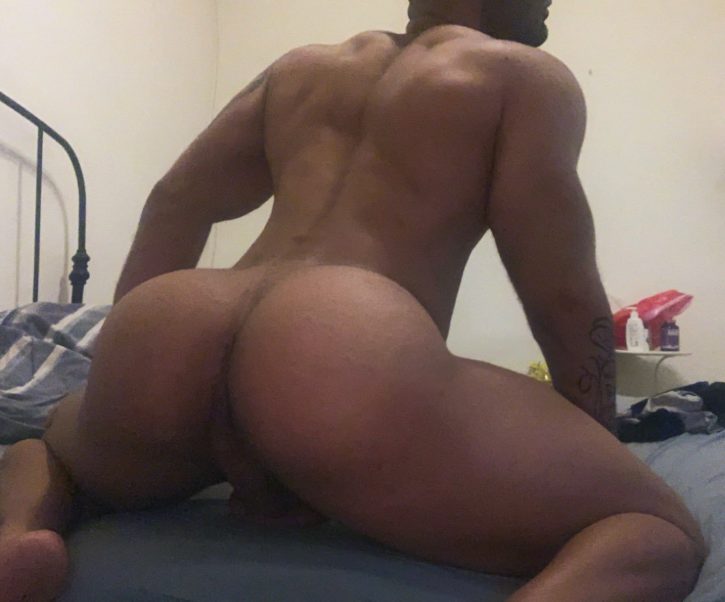

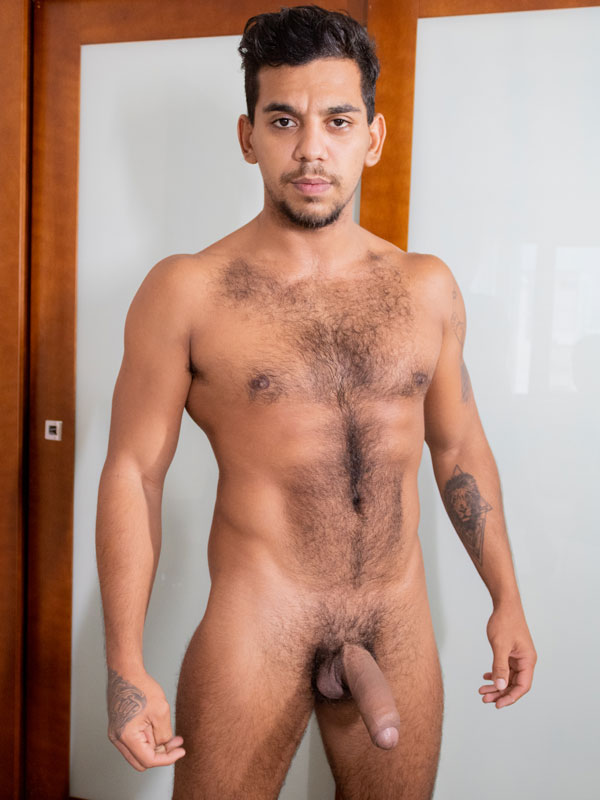
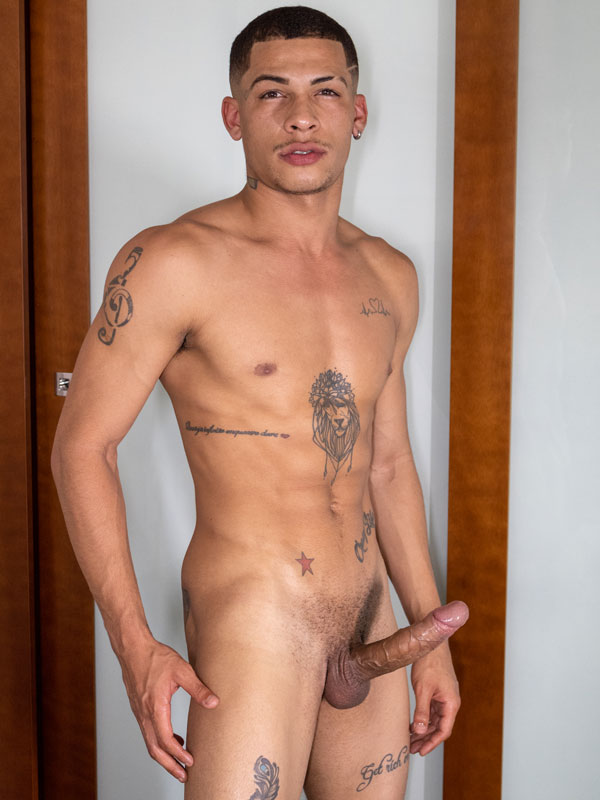
RAW HOLE: Here’s a perfect Brazilian gay porn coupling between dark, hairy, big-cocked top stud Eduardo Lime and his buzzed and chiseled, tattooed young muscle bottom Italo Andrade. Eduardo takes charge and guides Italo’s hungry mouth to his massive uncut Latin cock, then grabs his head to fuck on into his throat. The Brazilian boy struggles to get all that dick down but eagerly fills his gullet. He sucks on the low-hanging nuts as Eduardo strokes his stiff prick.
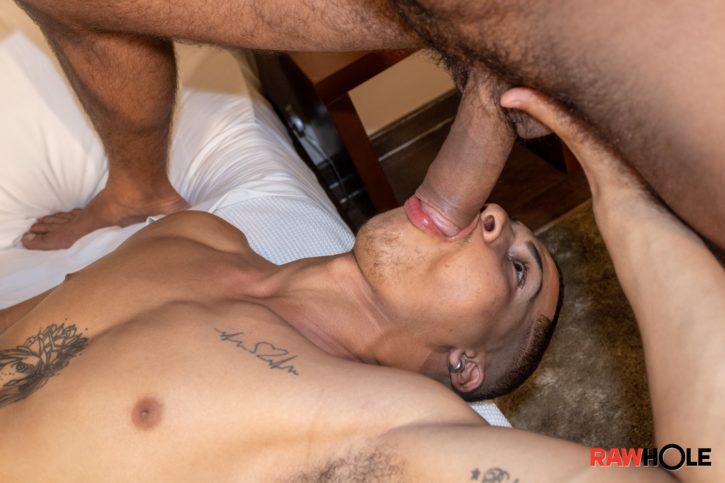
Lubed up with a gob of spit, Italo’s ass is juicy and open when Eduardo fills it with raw spicy Latin sausage. The bed quakes when these two slam their bodies together to get the hottest bareback fuck connection. Finally Italo props his ass up on pillows and pins his legs back for Eduardo to drill down deeper, then spray his face with a hot splash of manly fuck juice.

